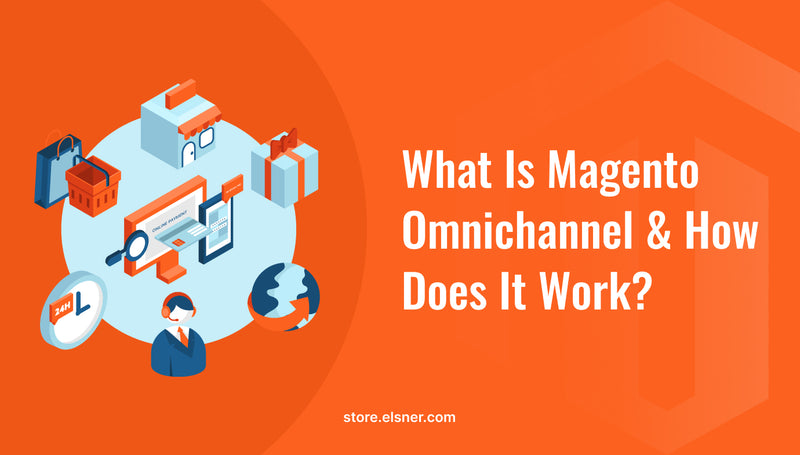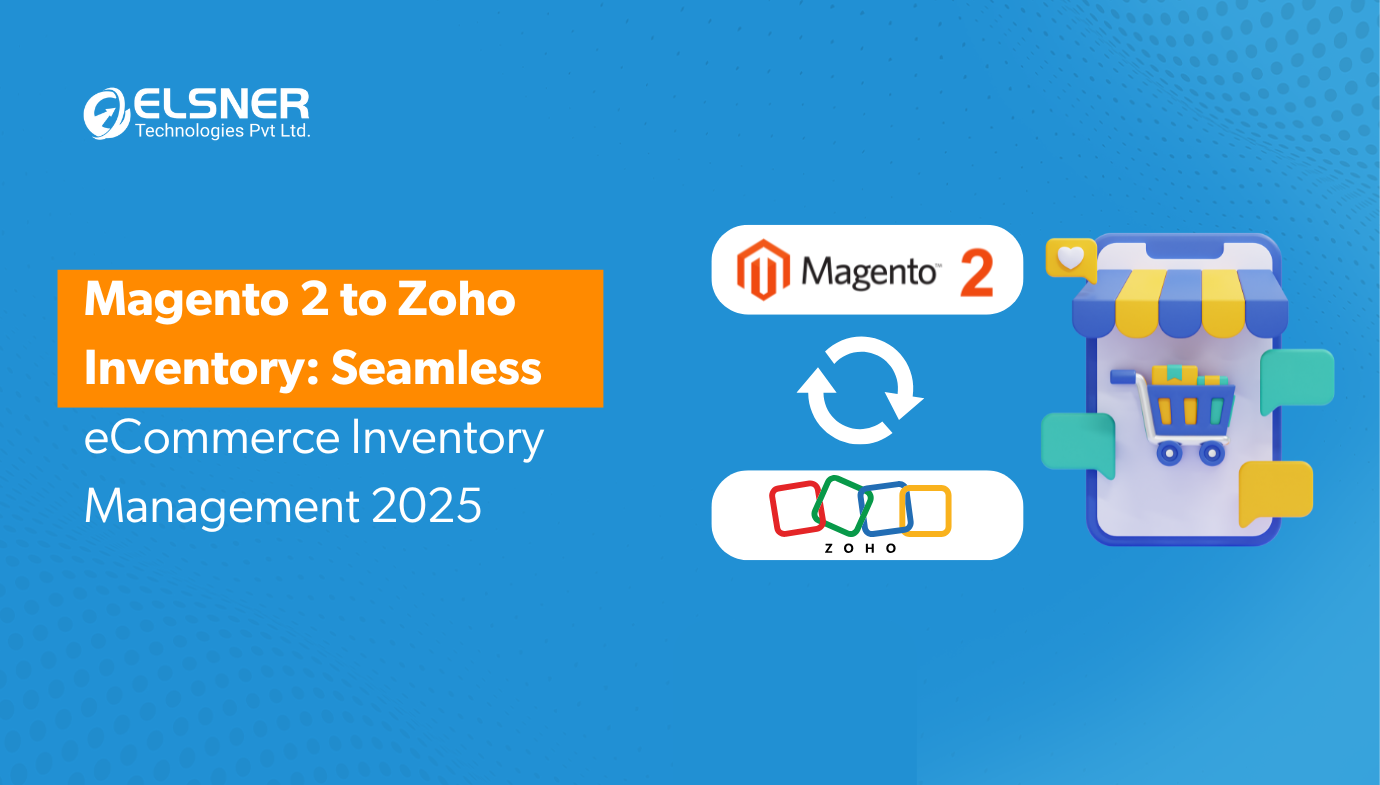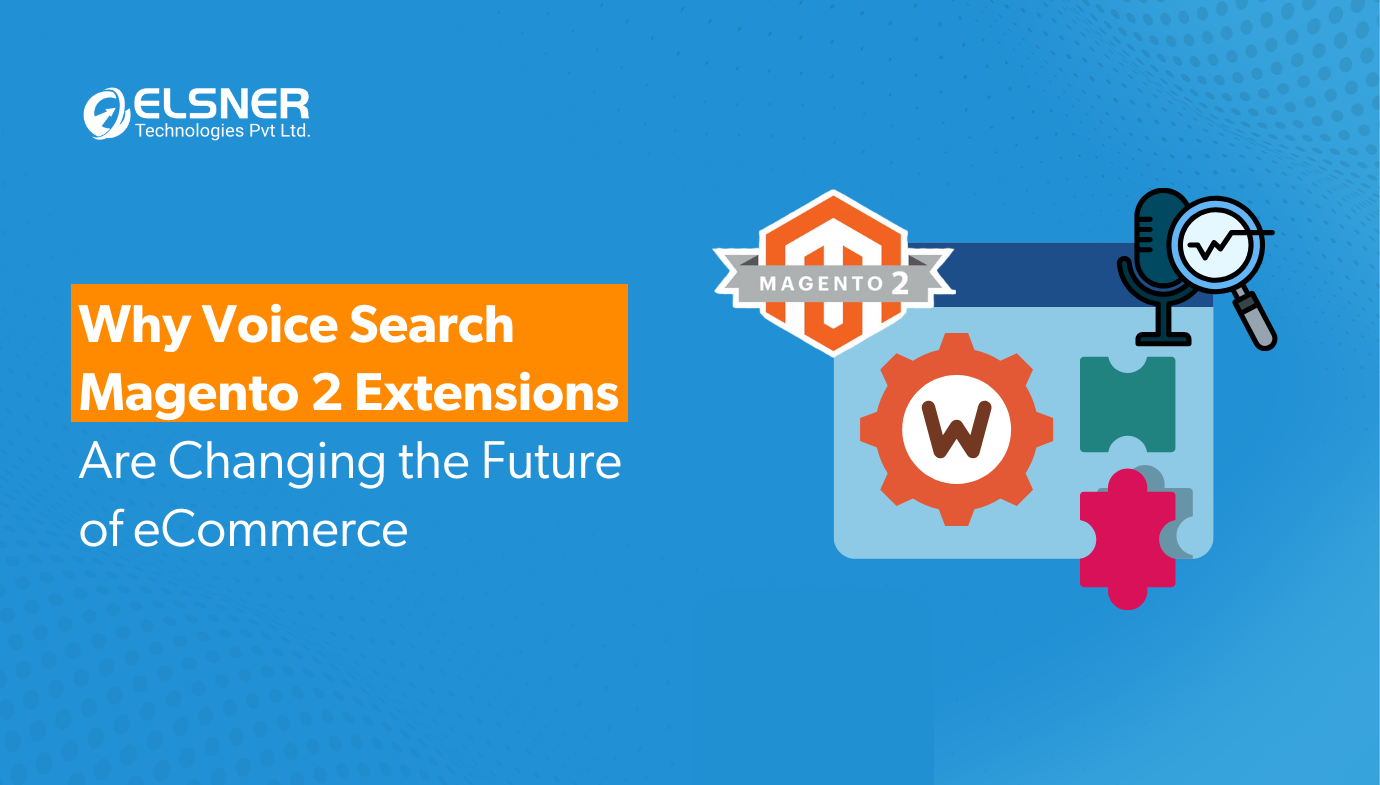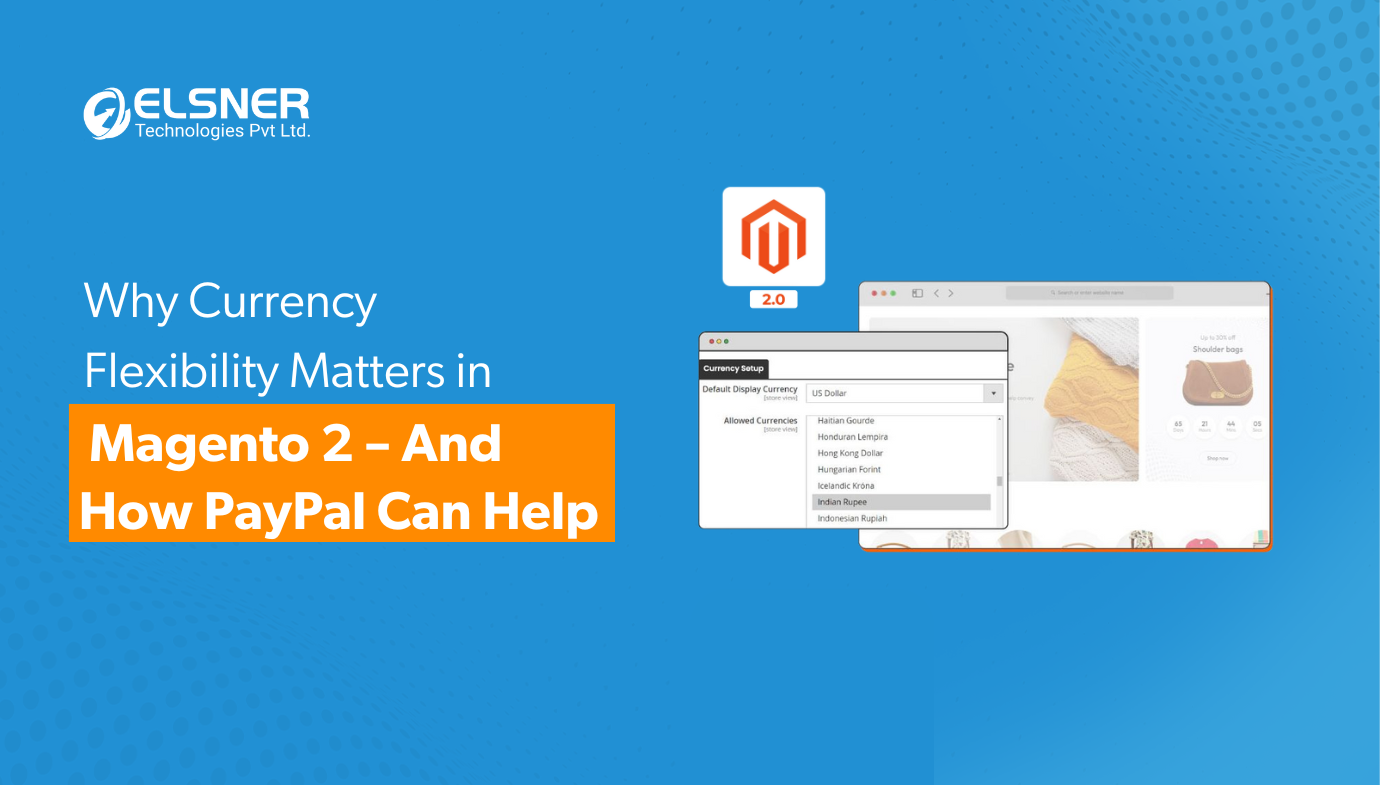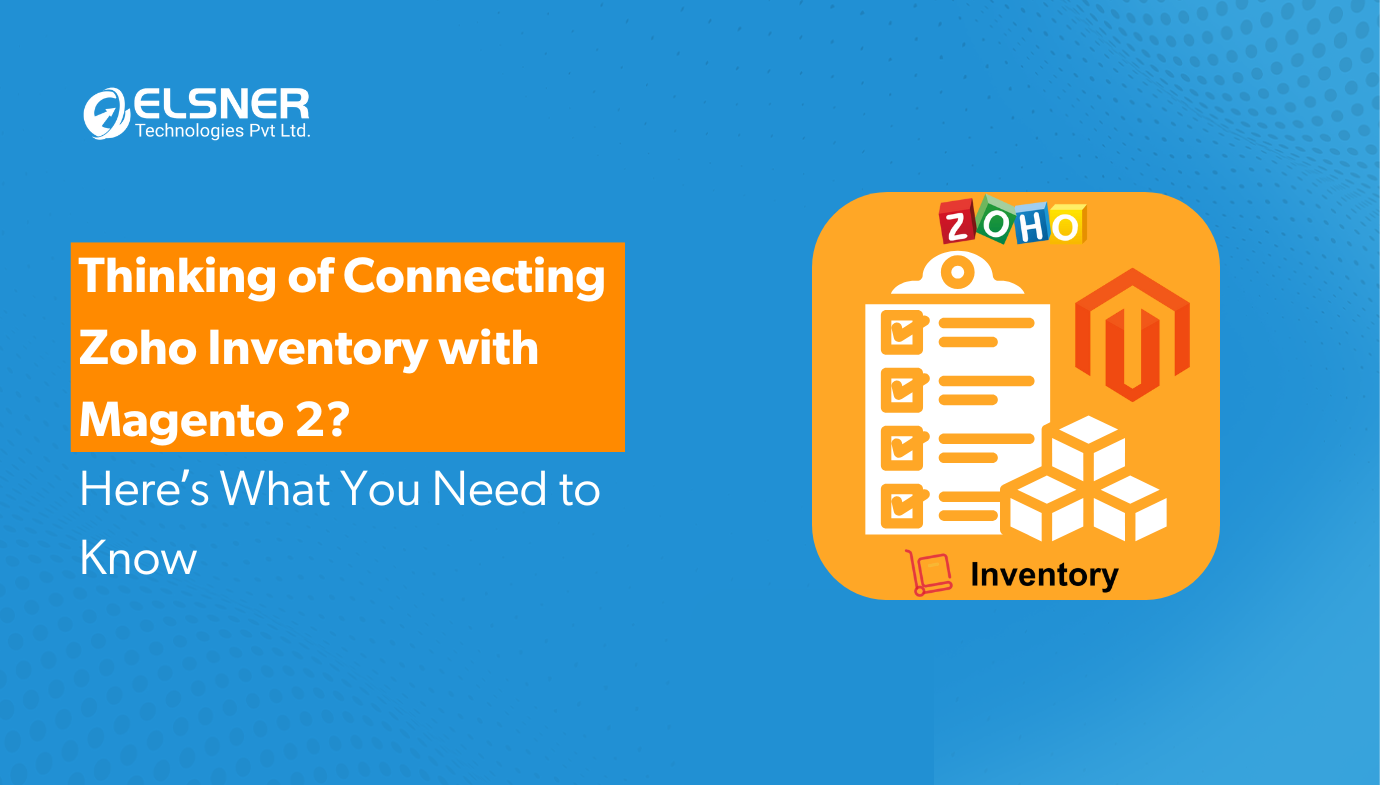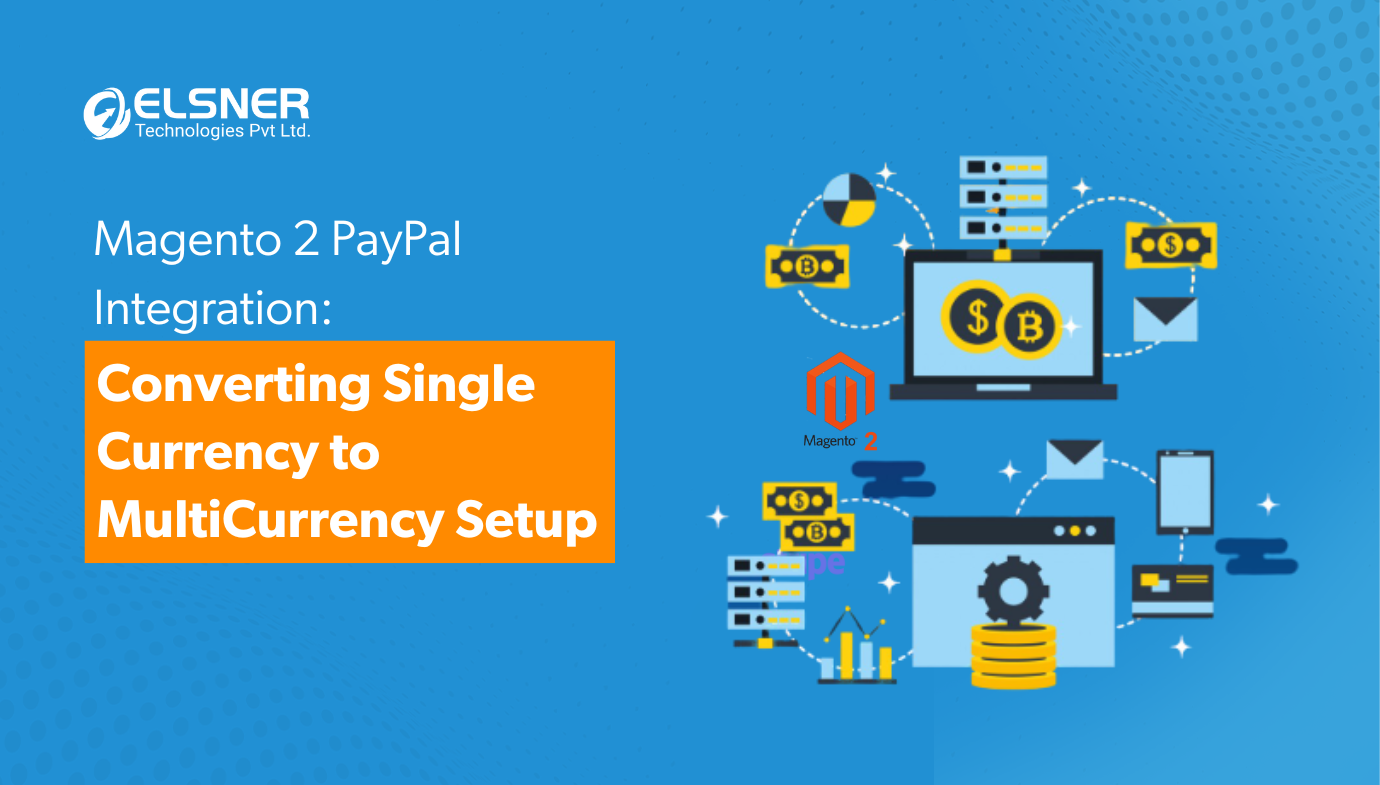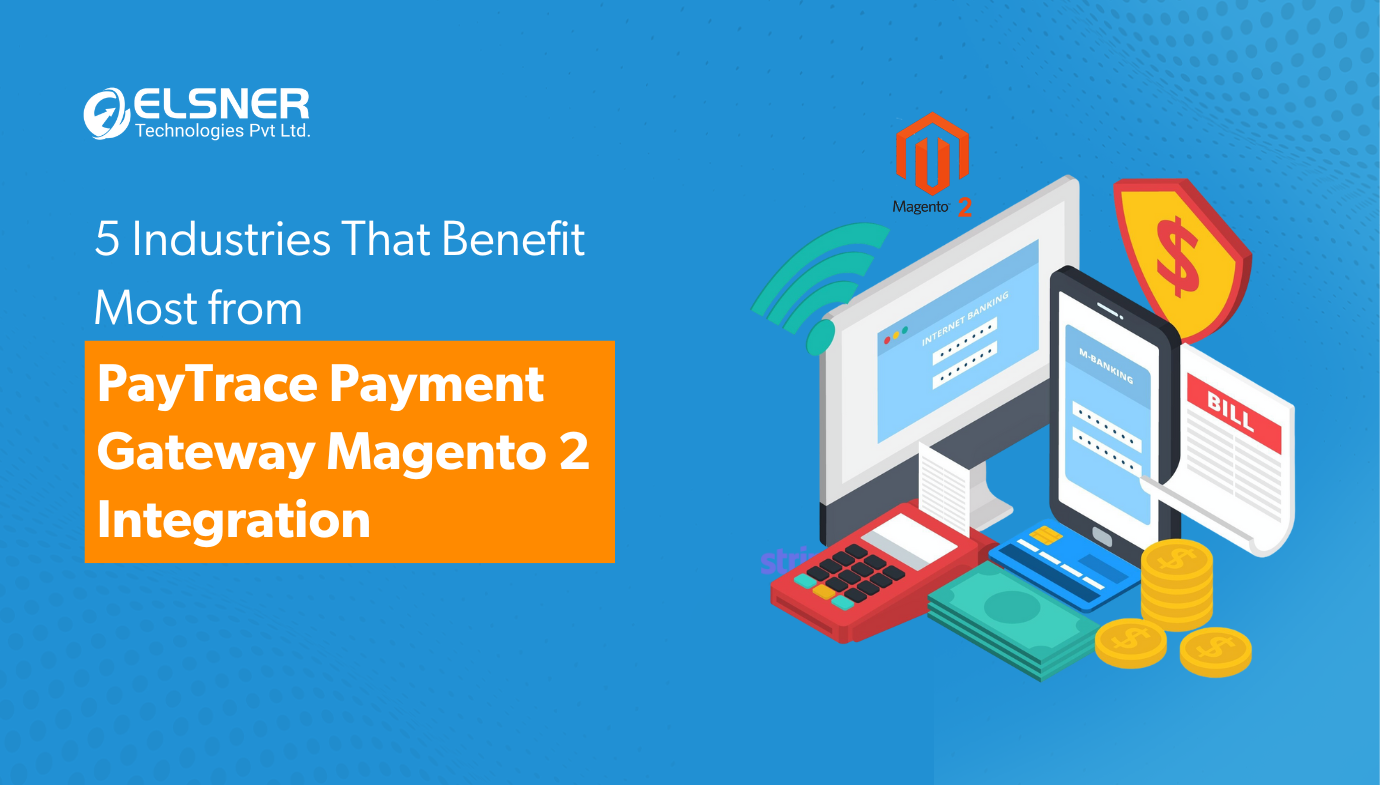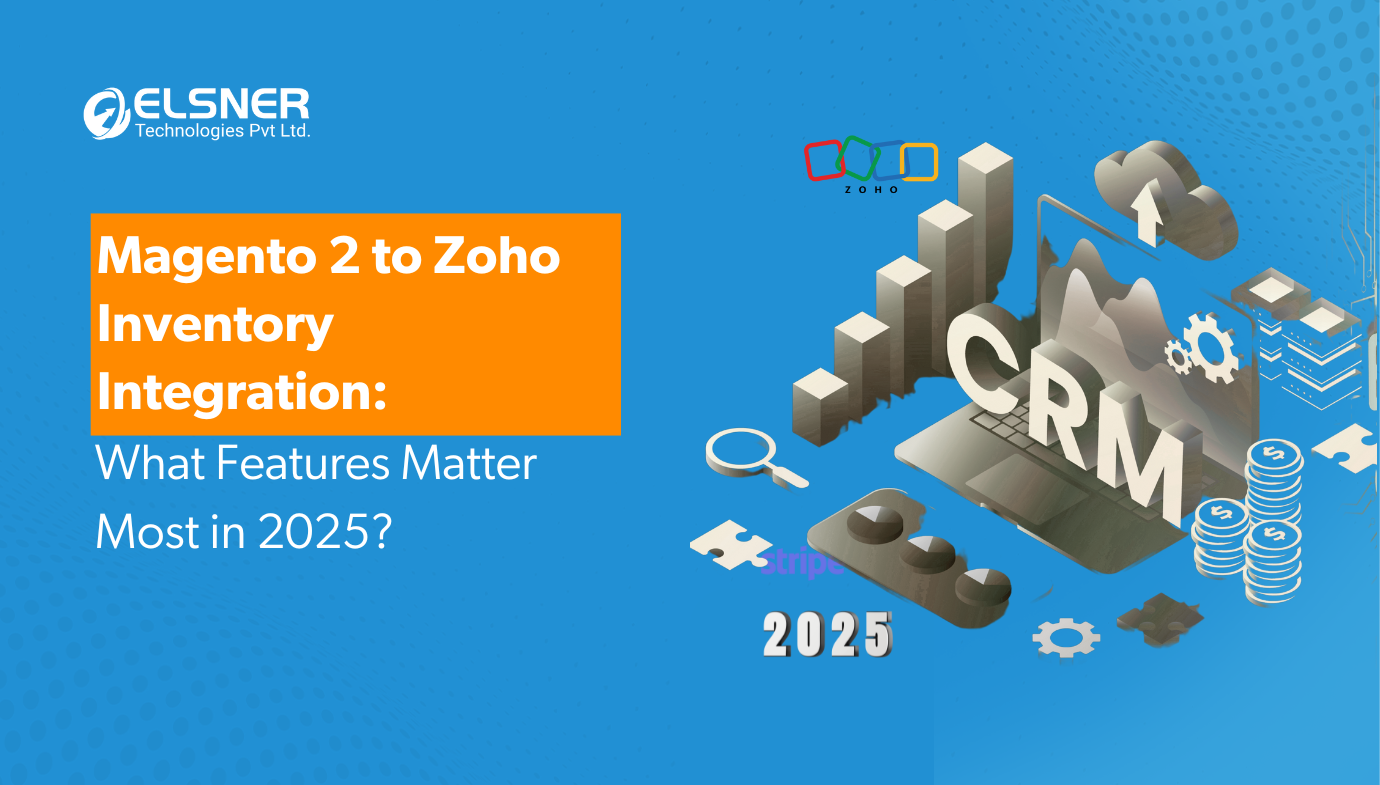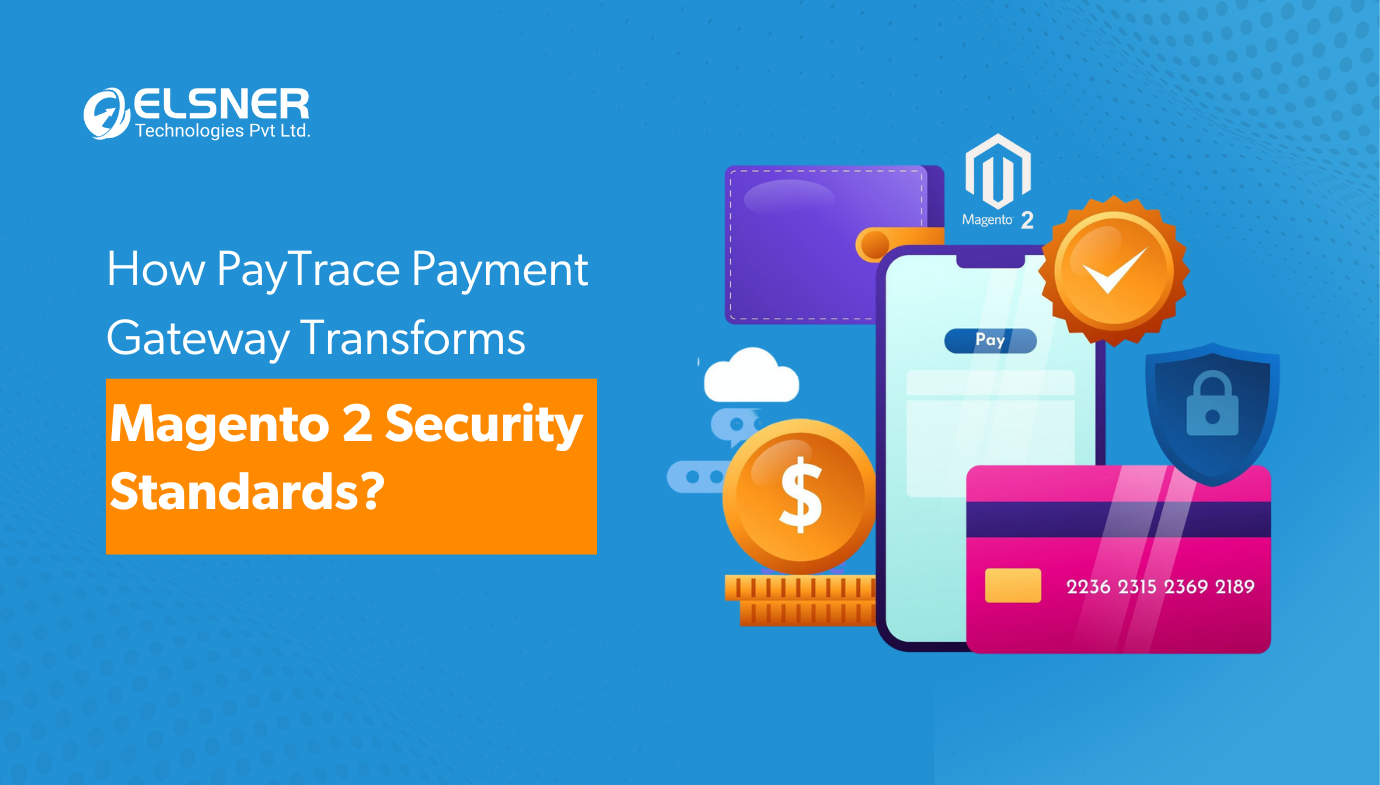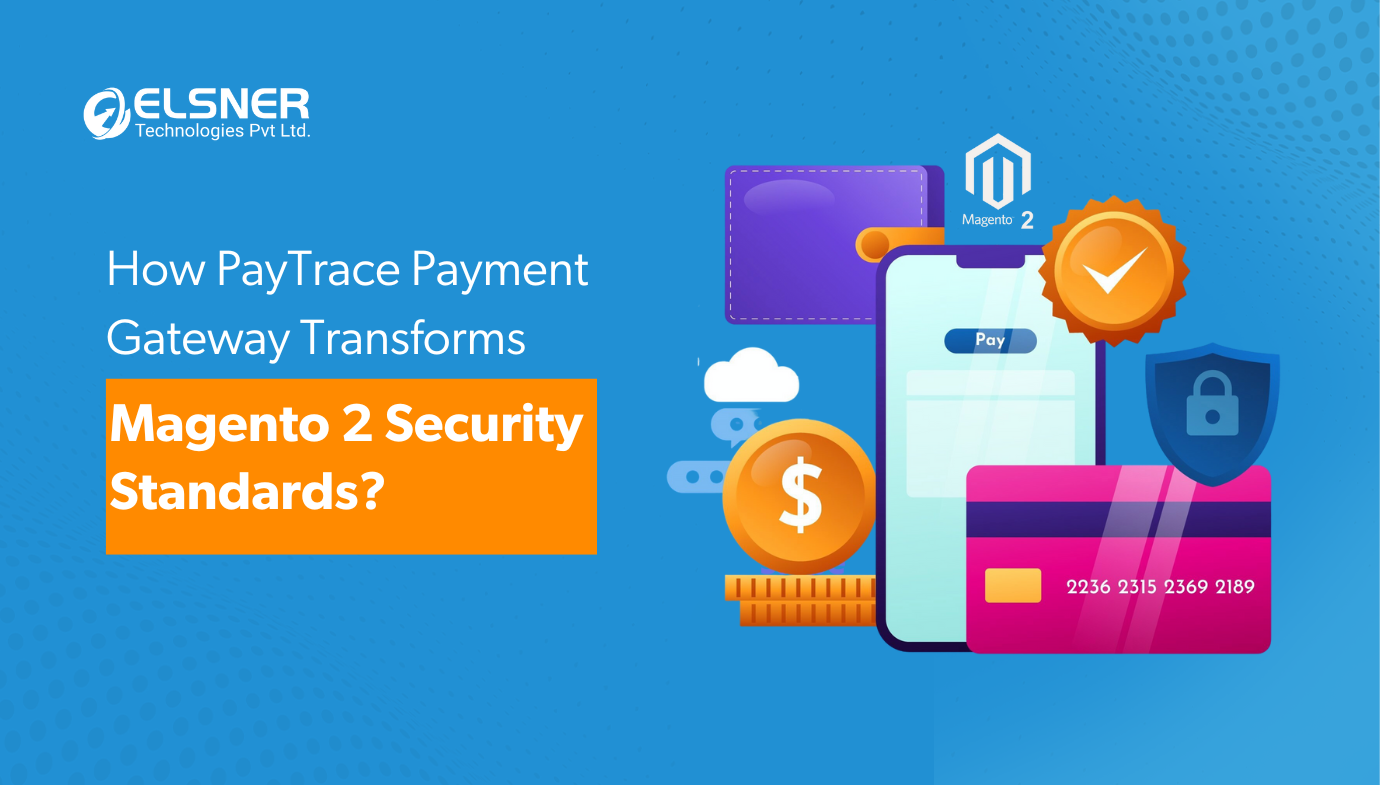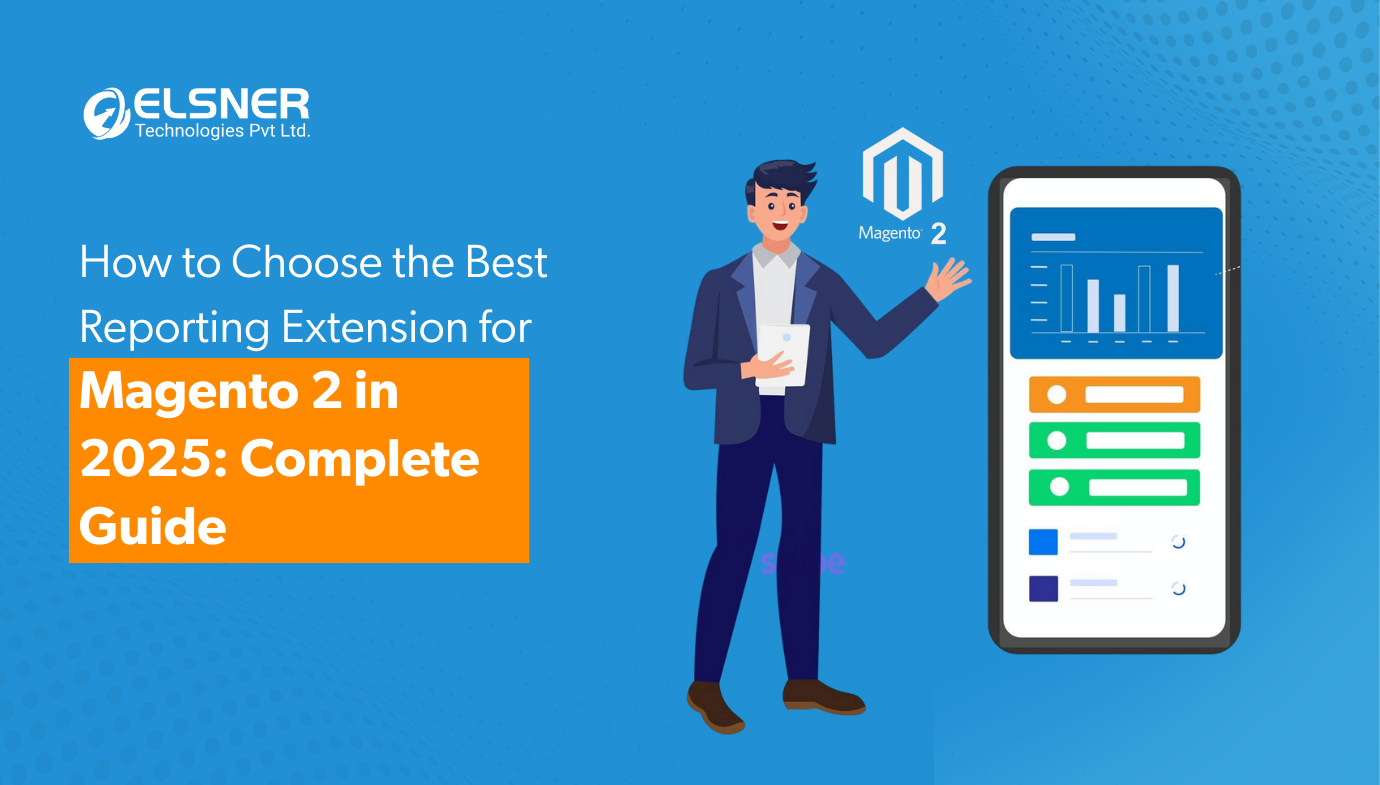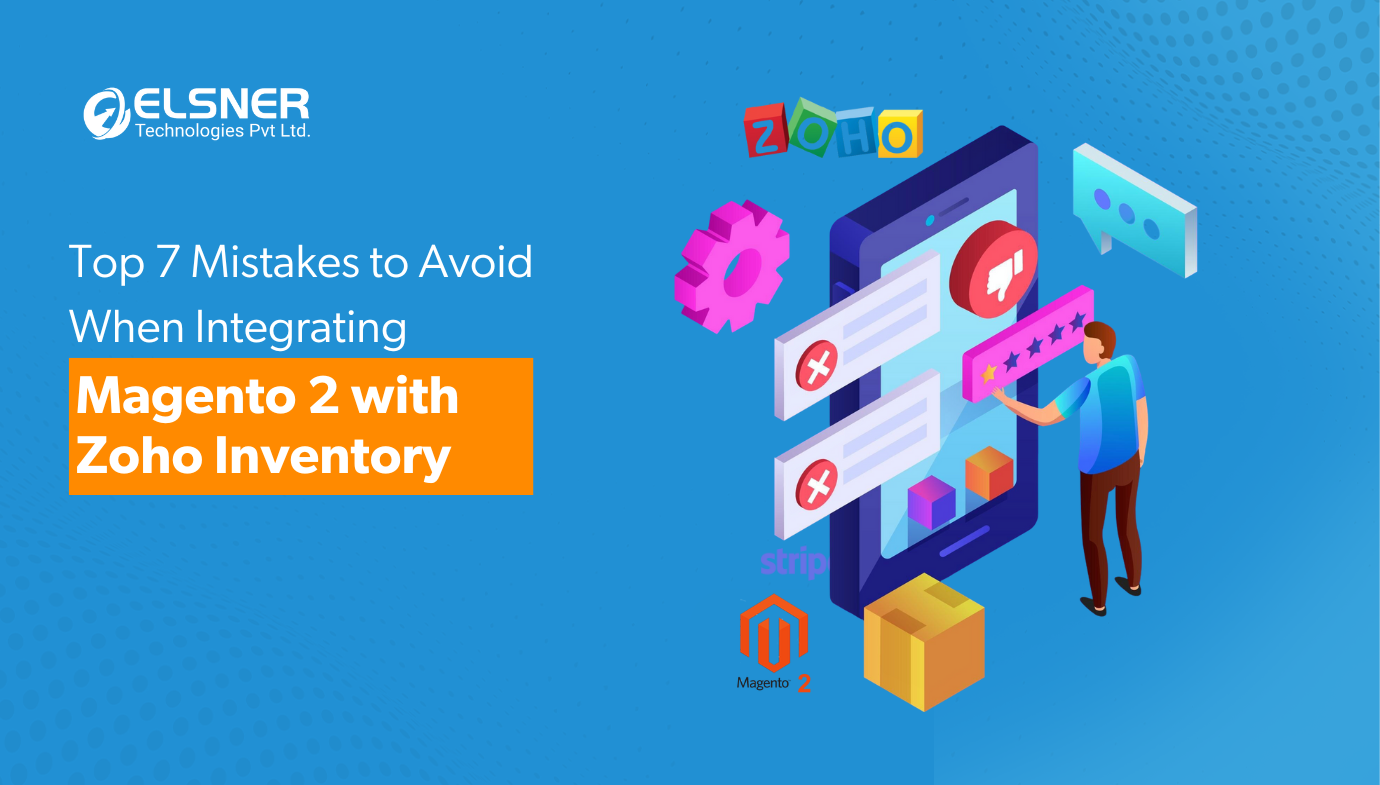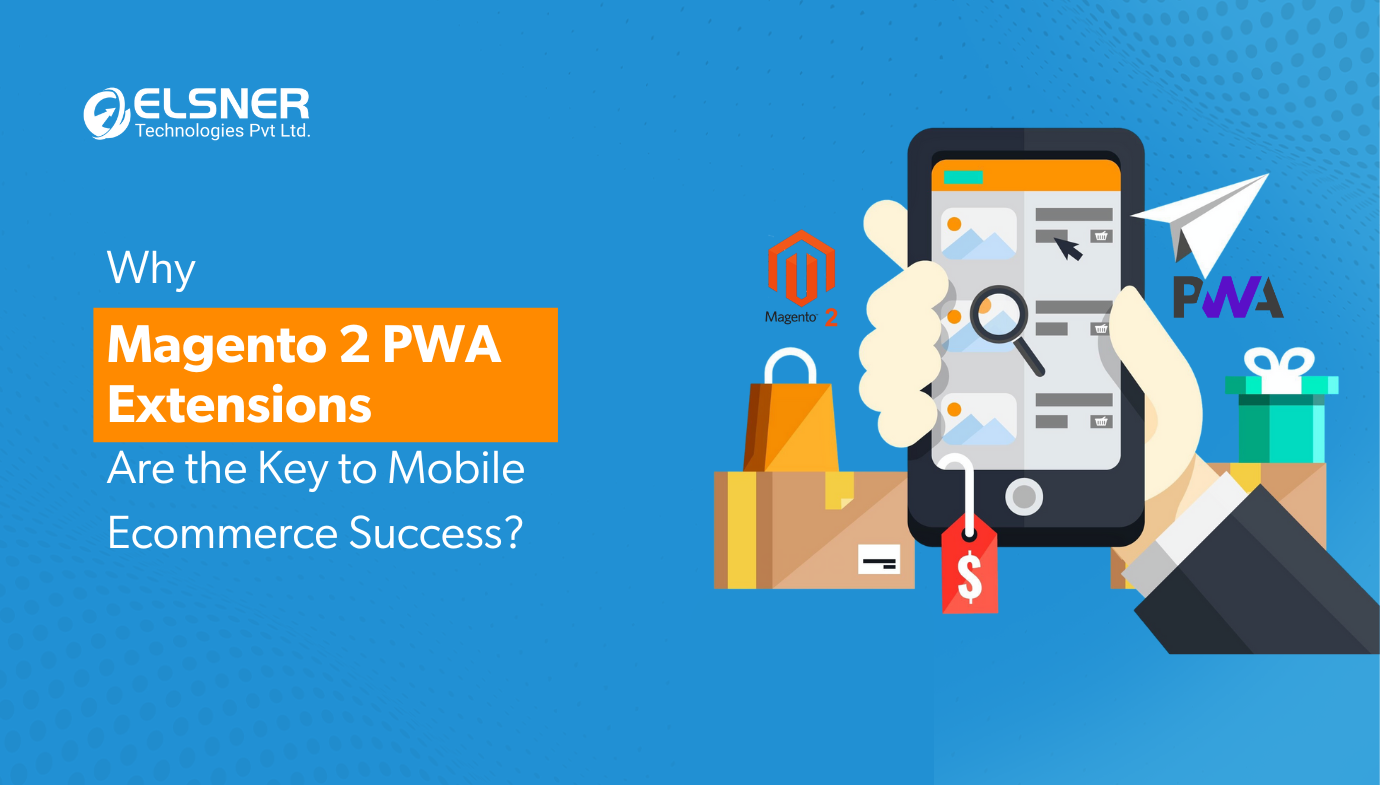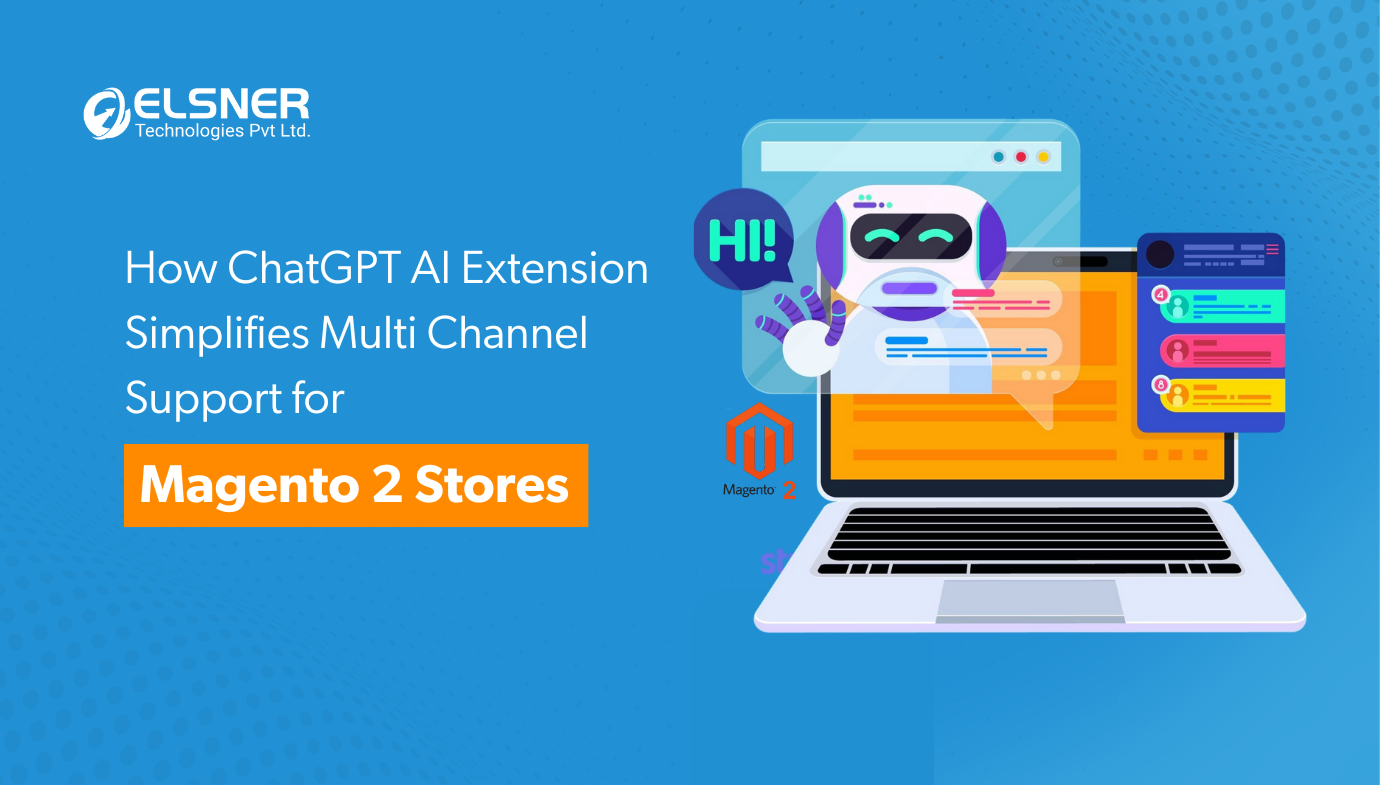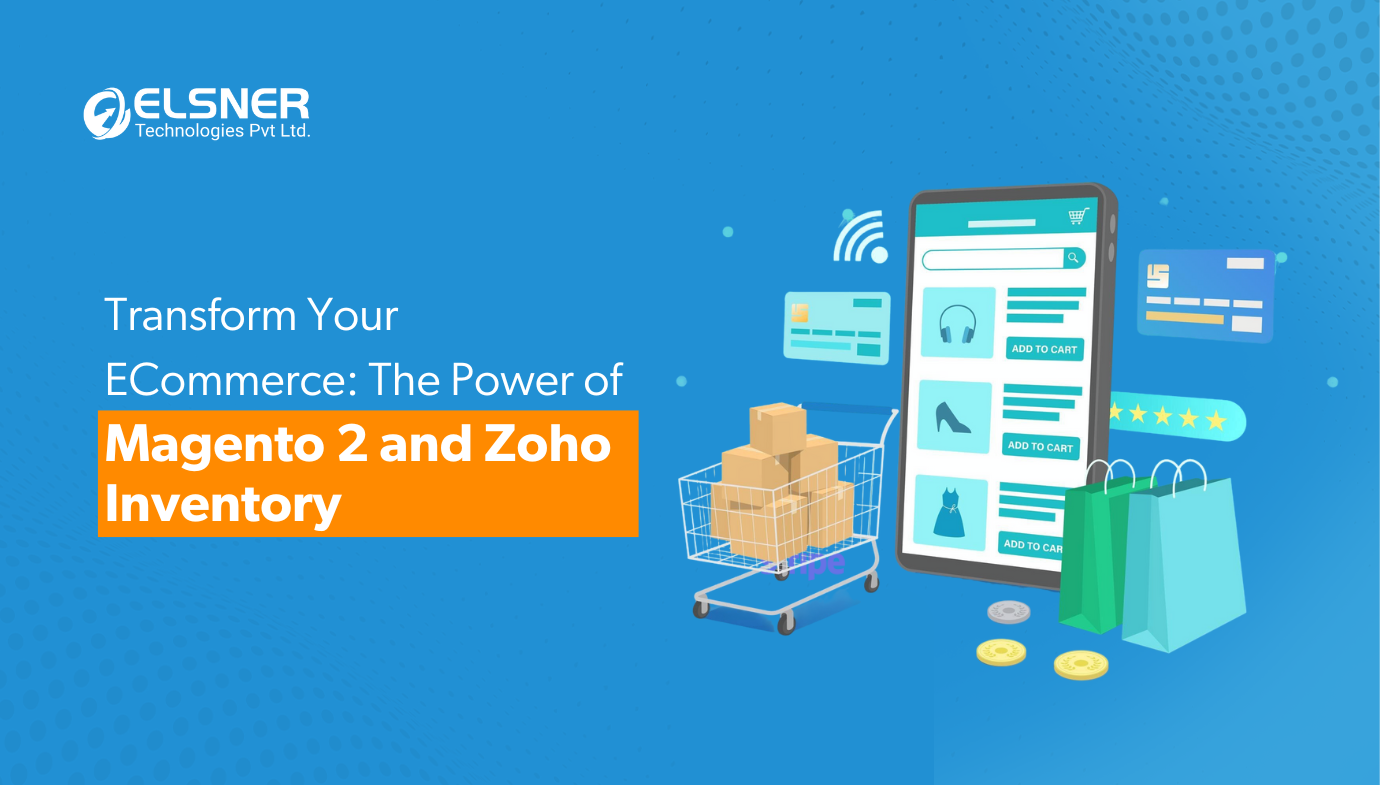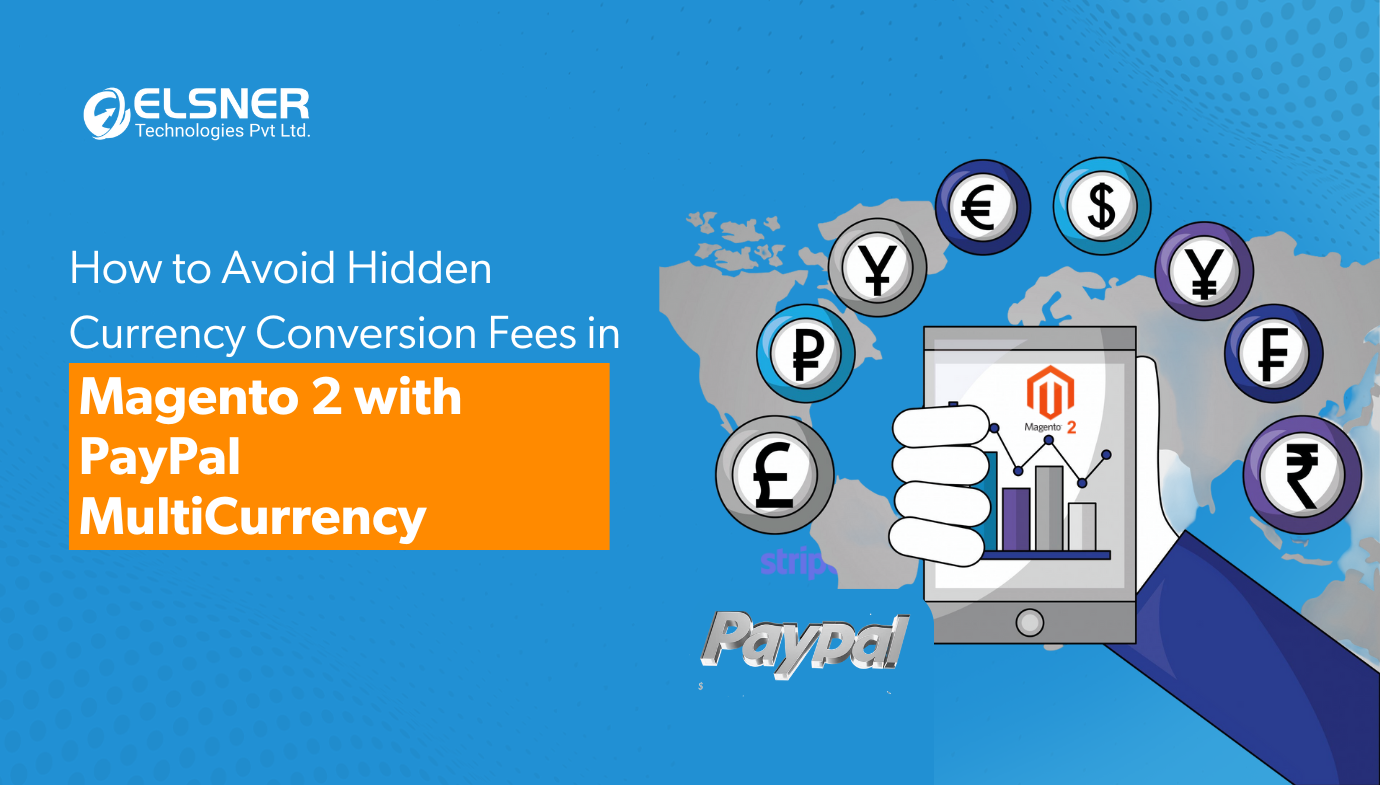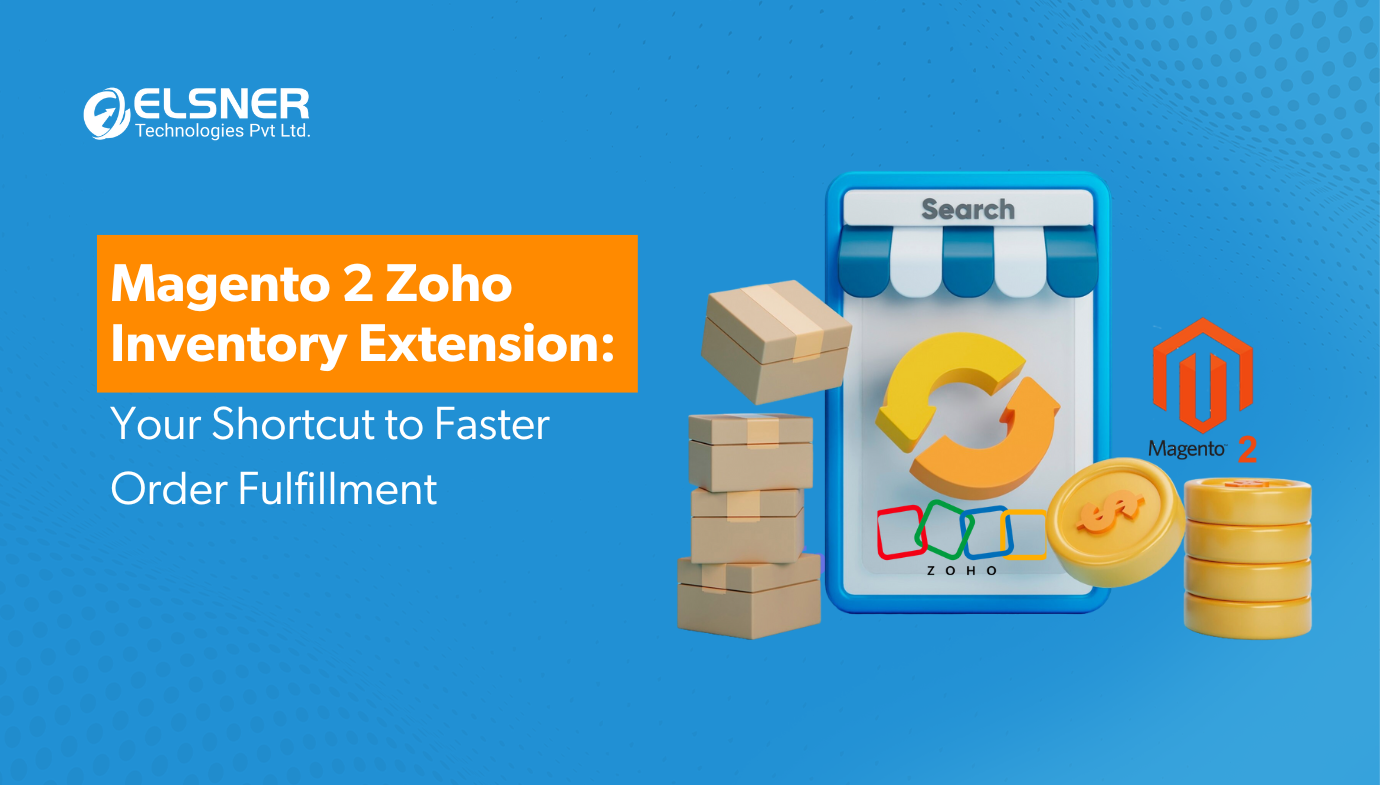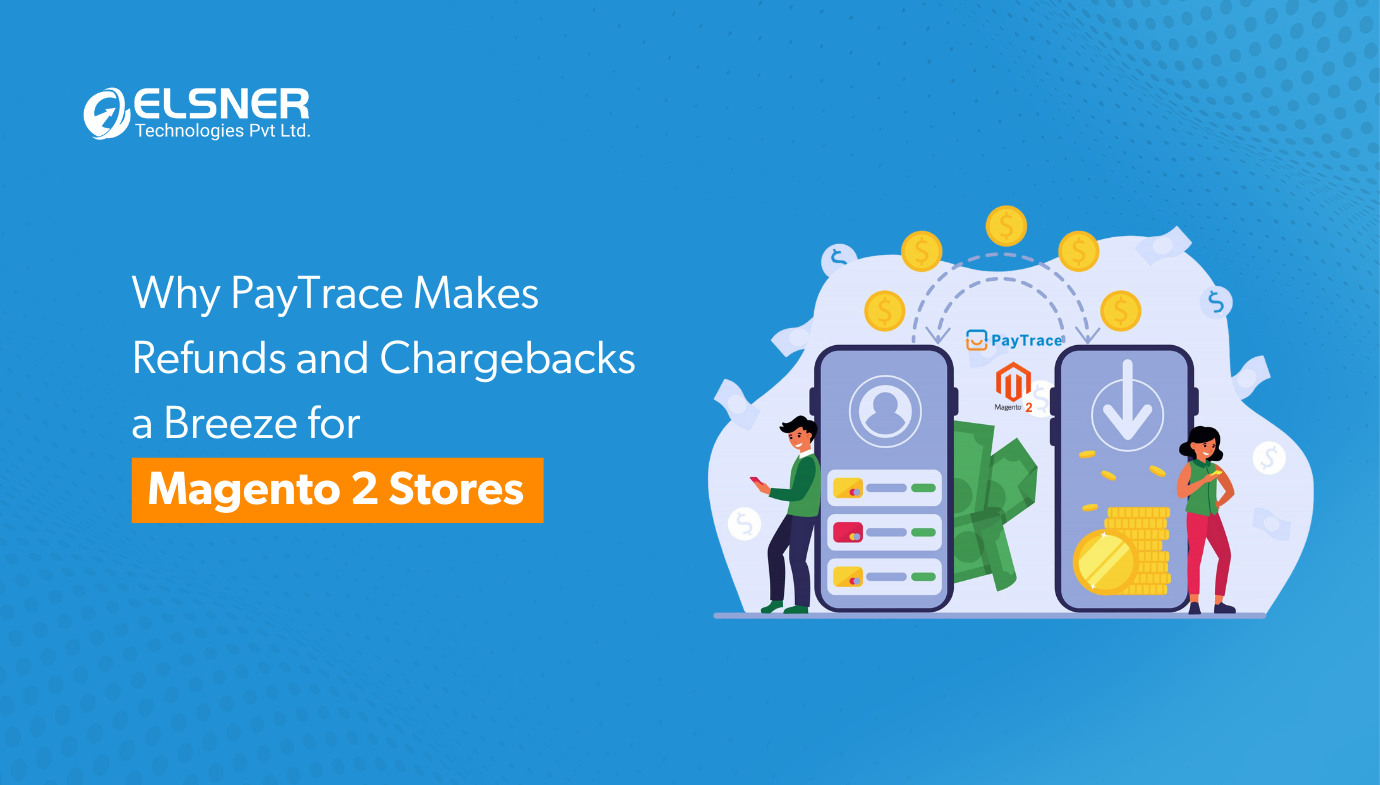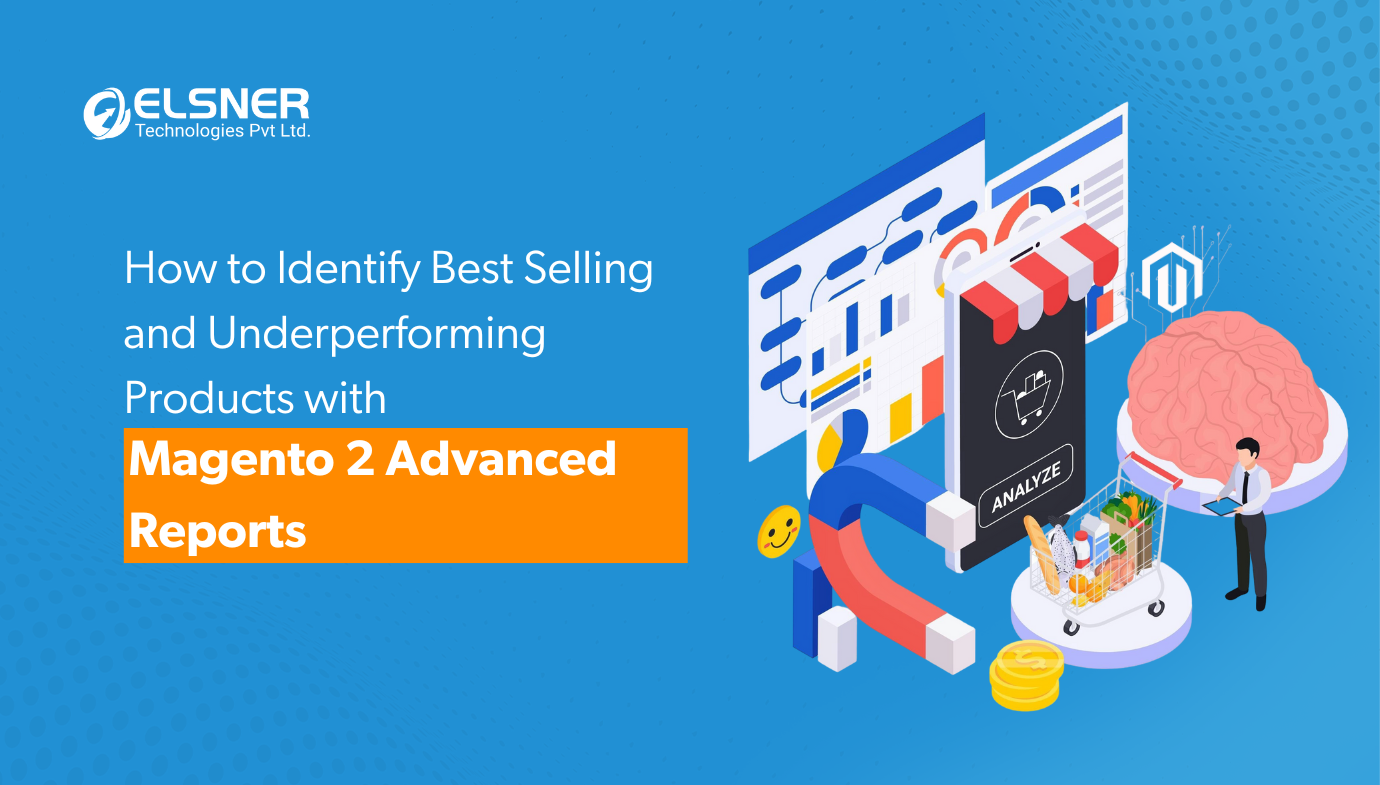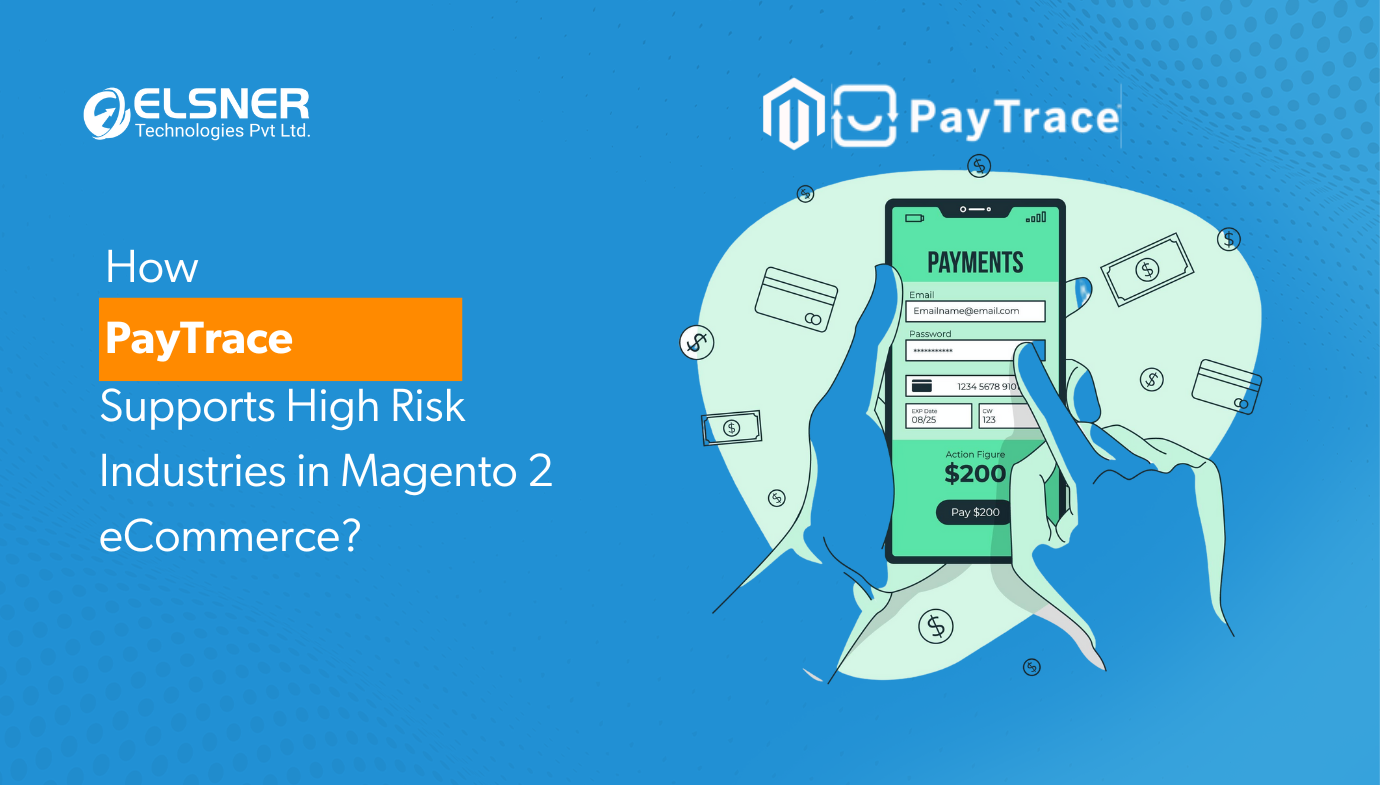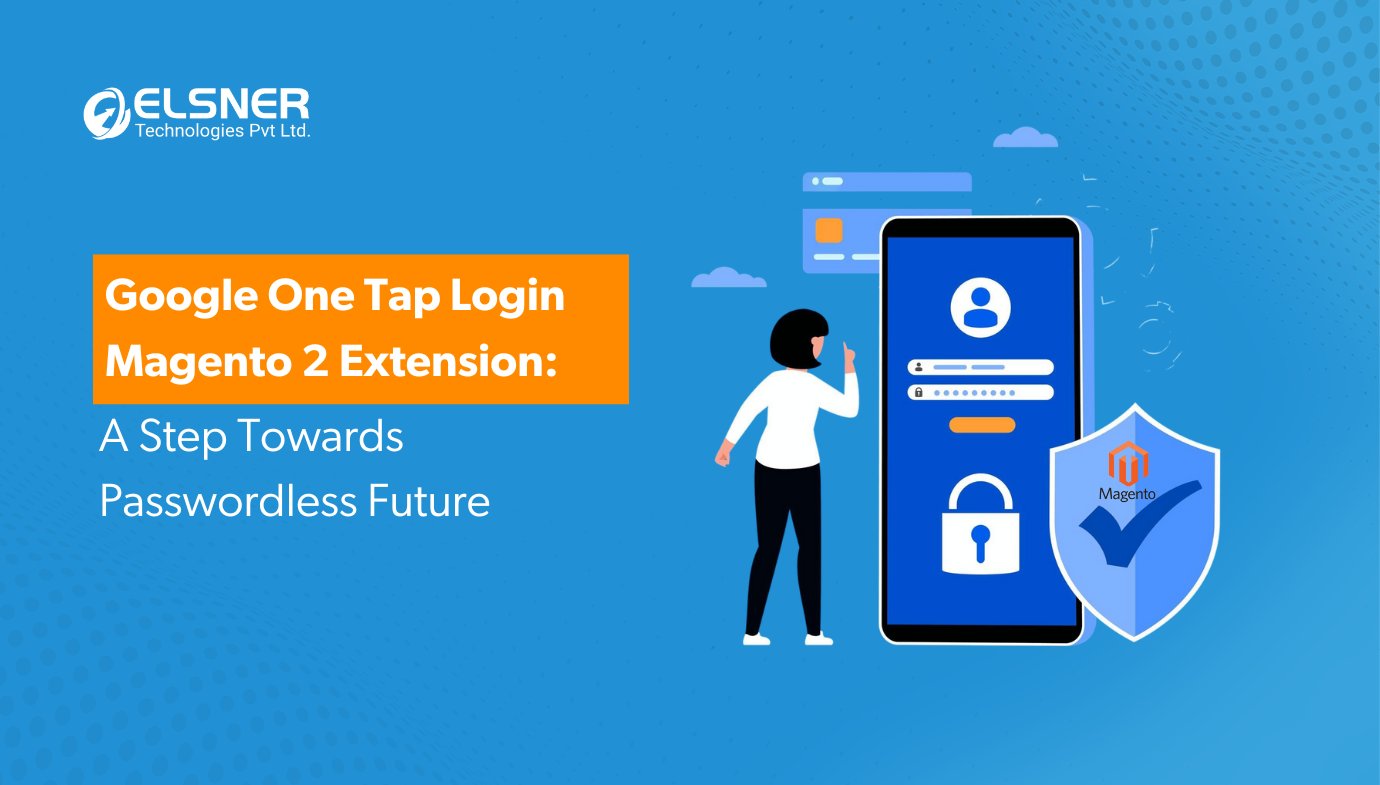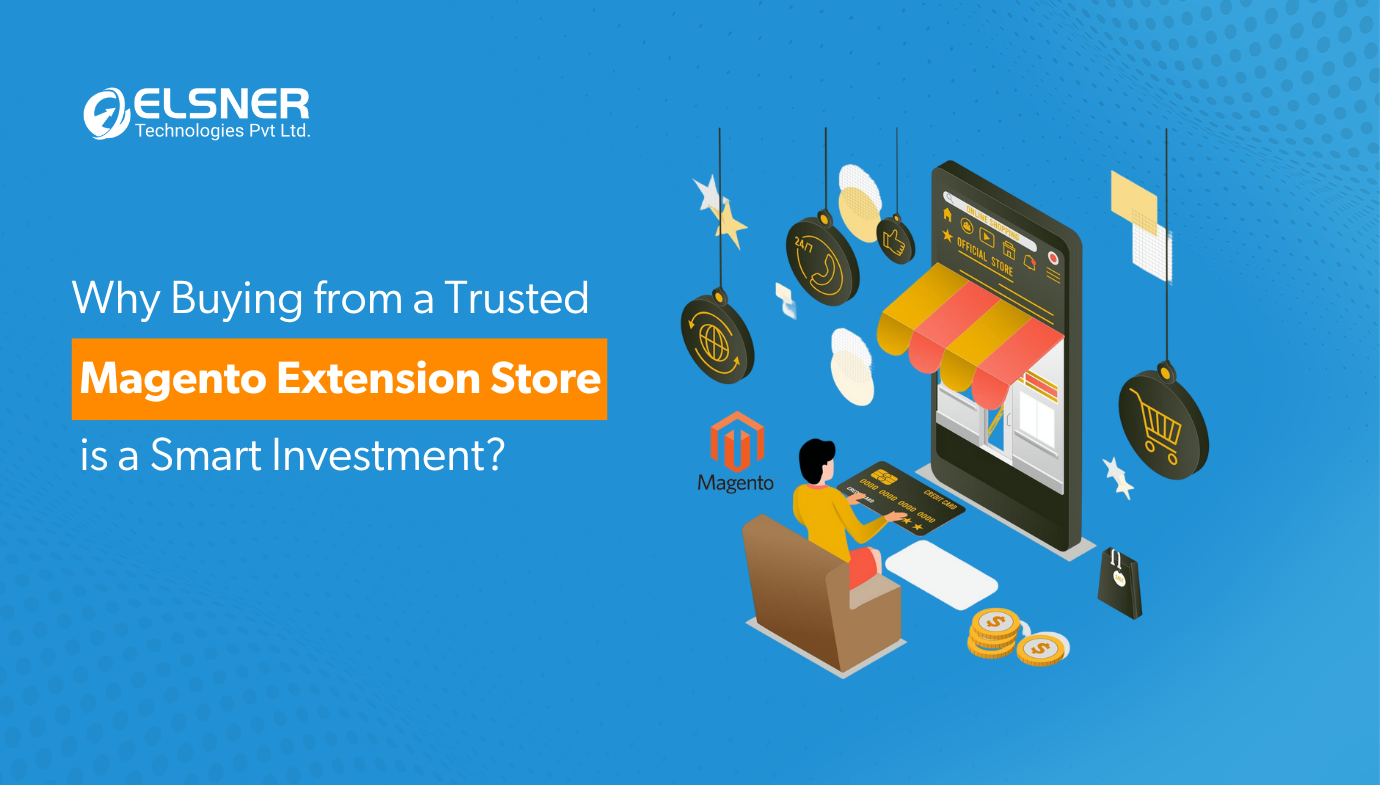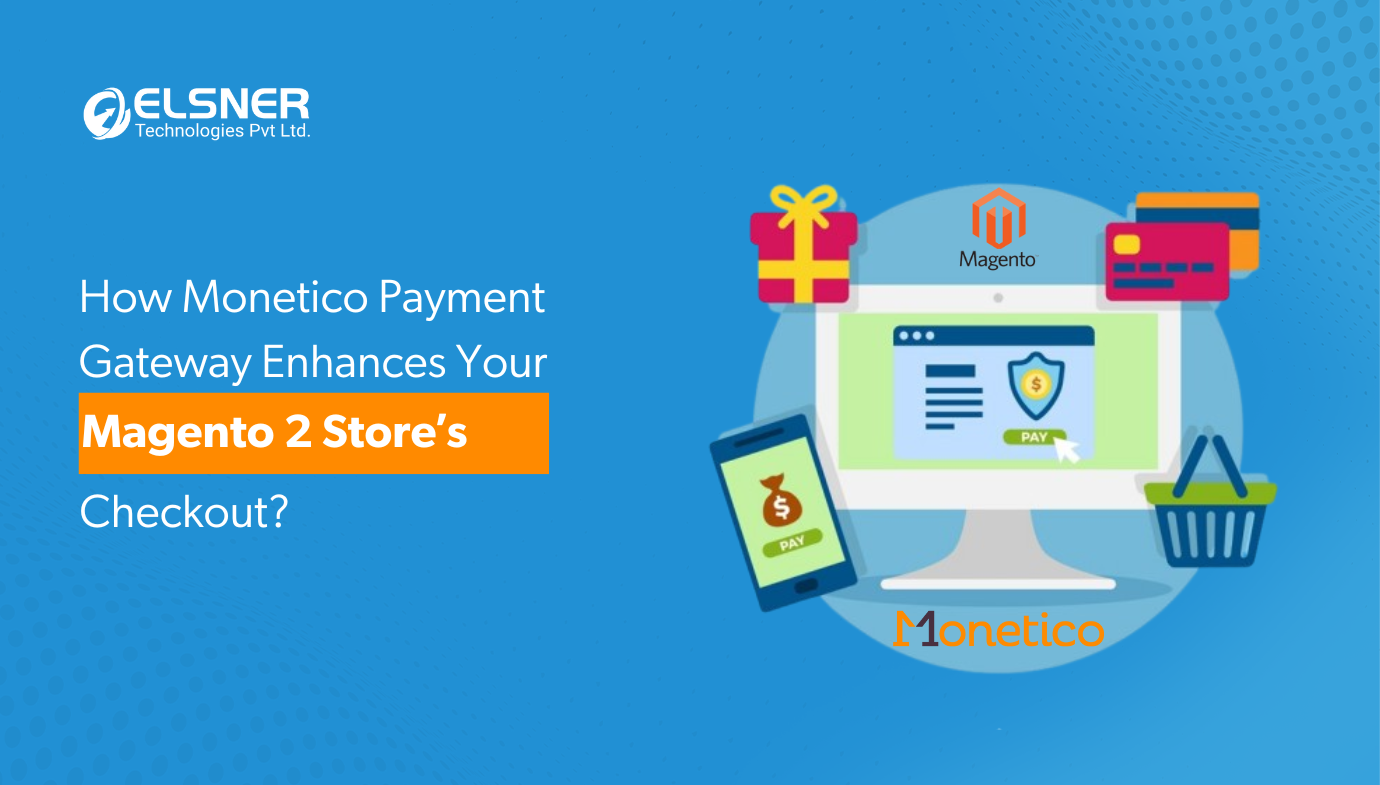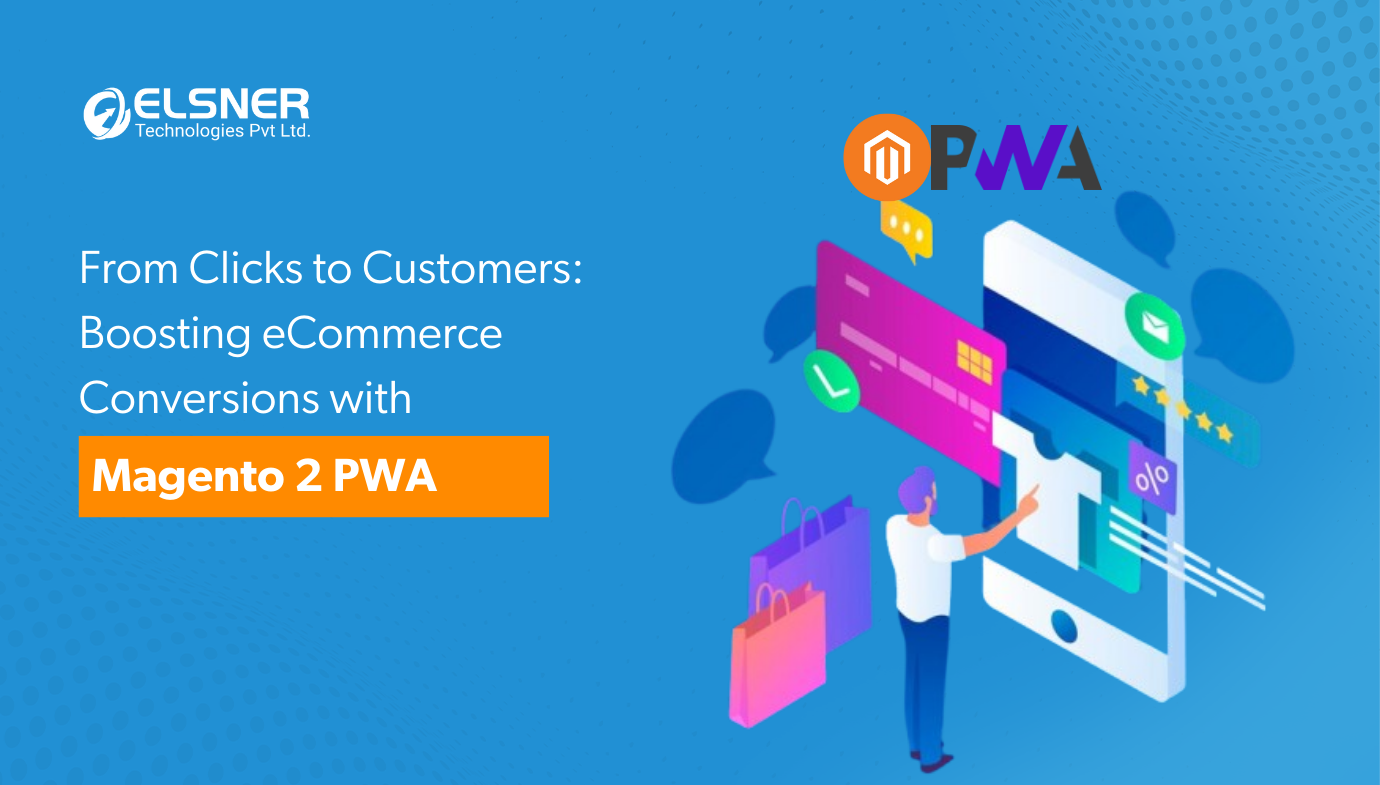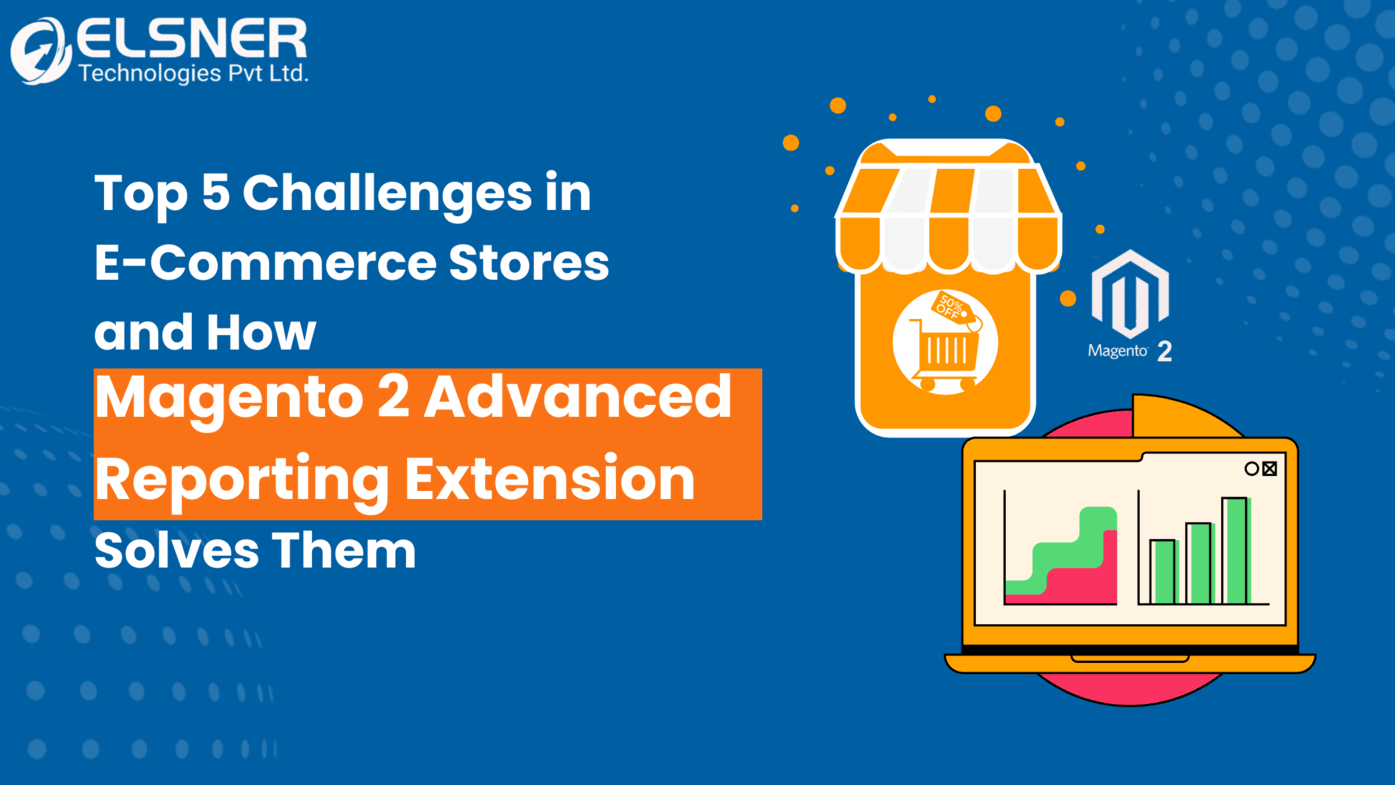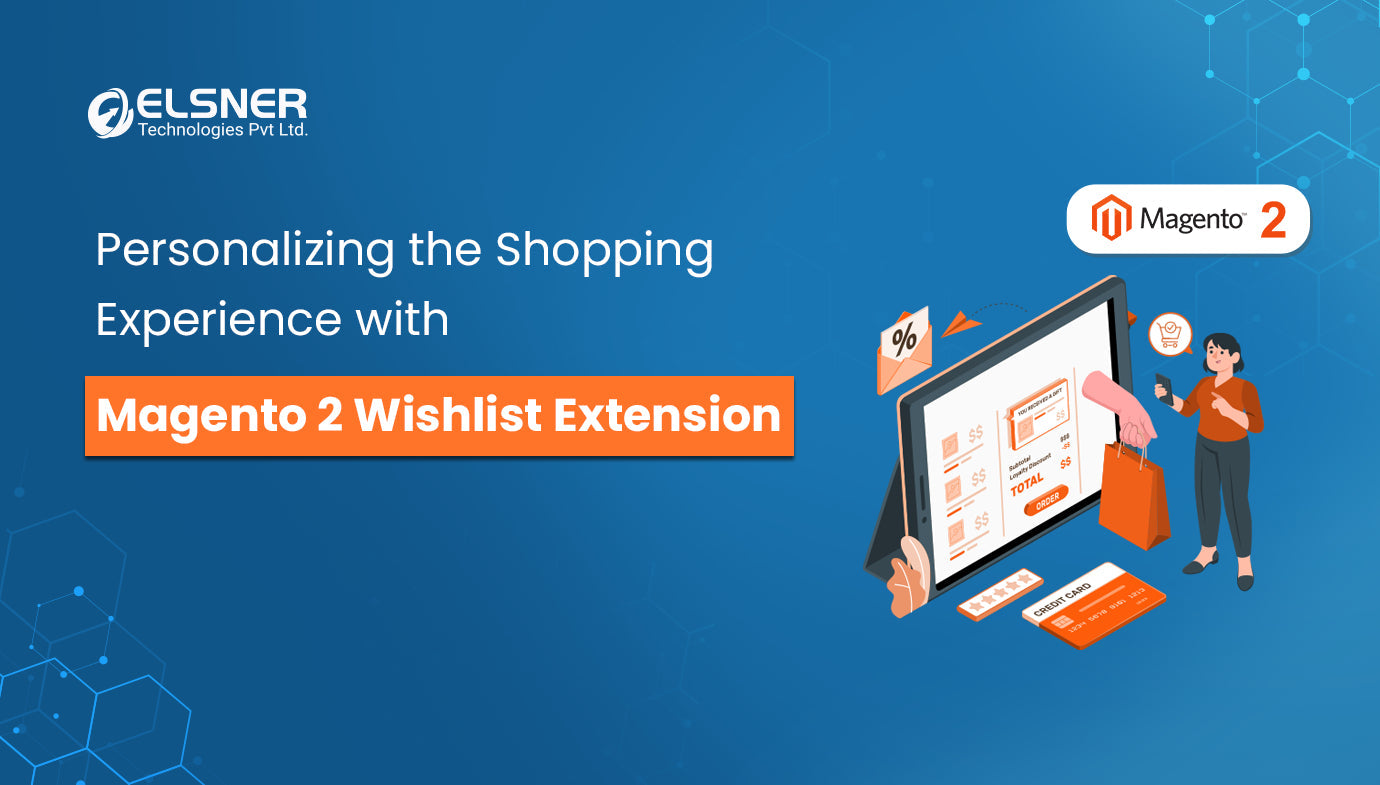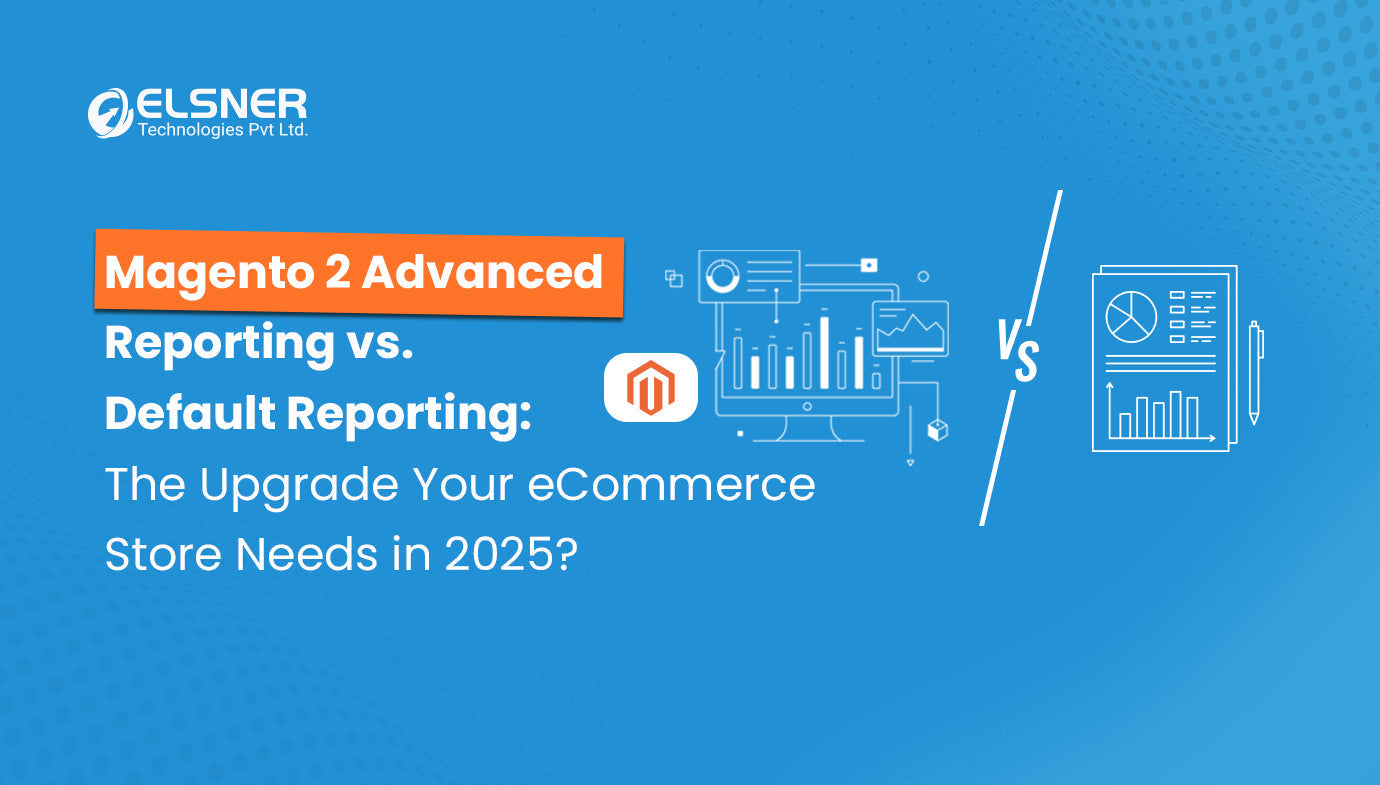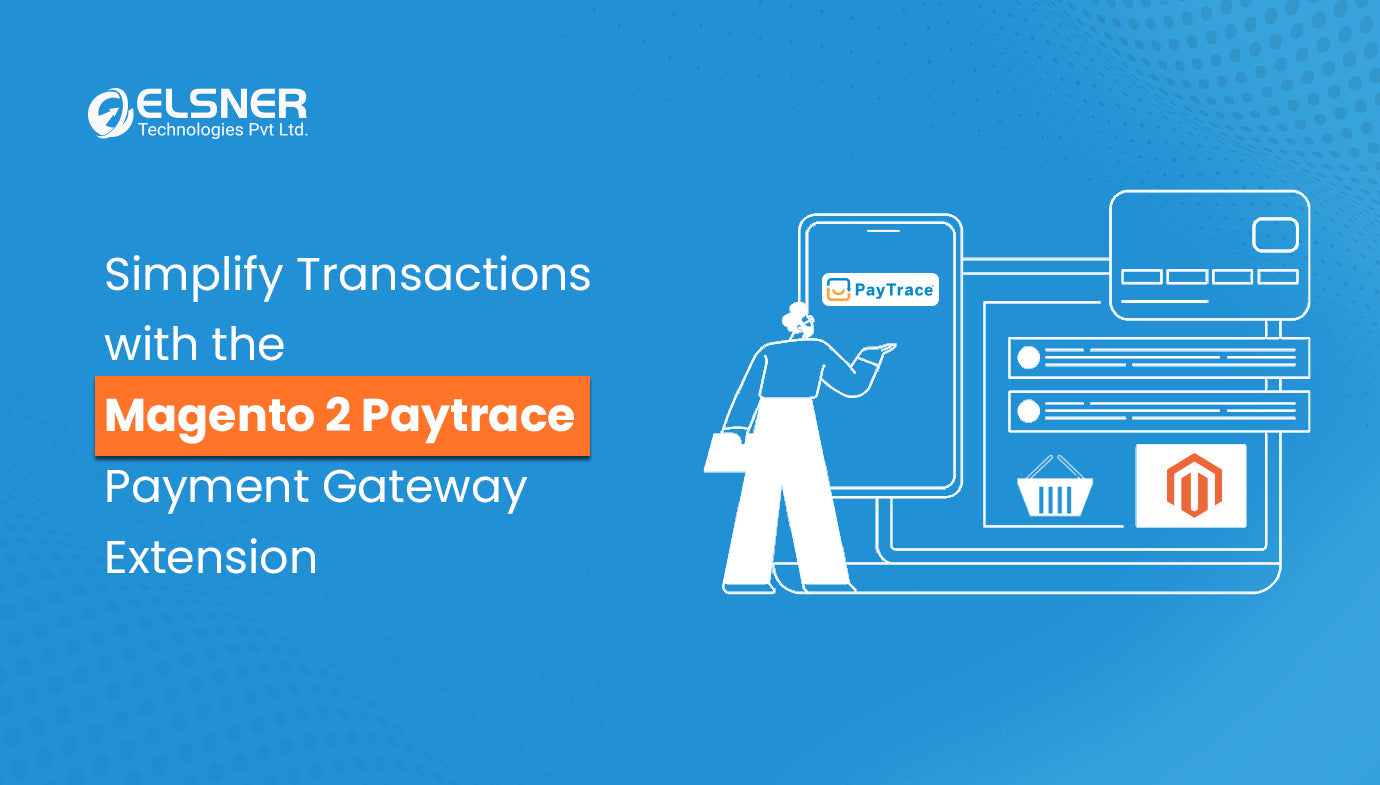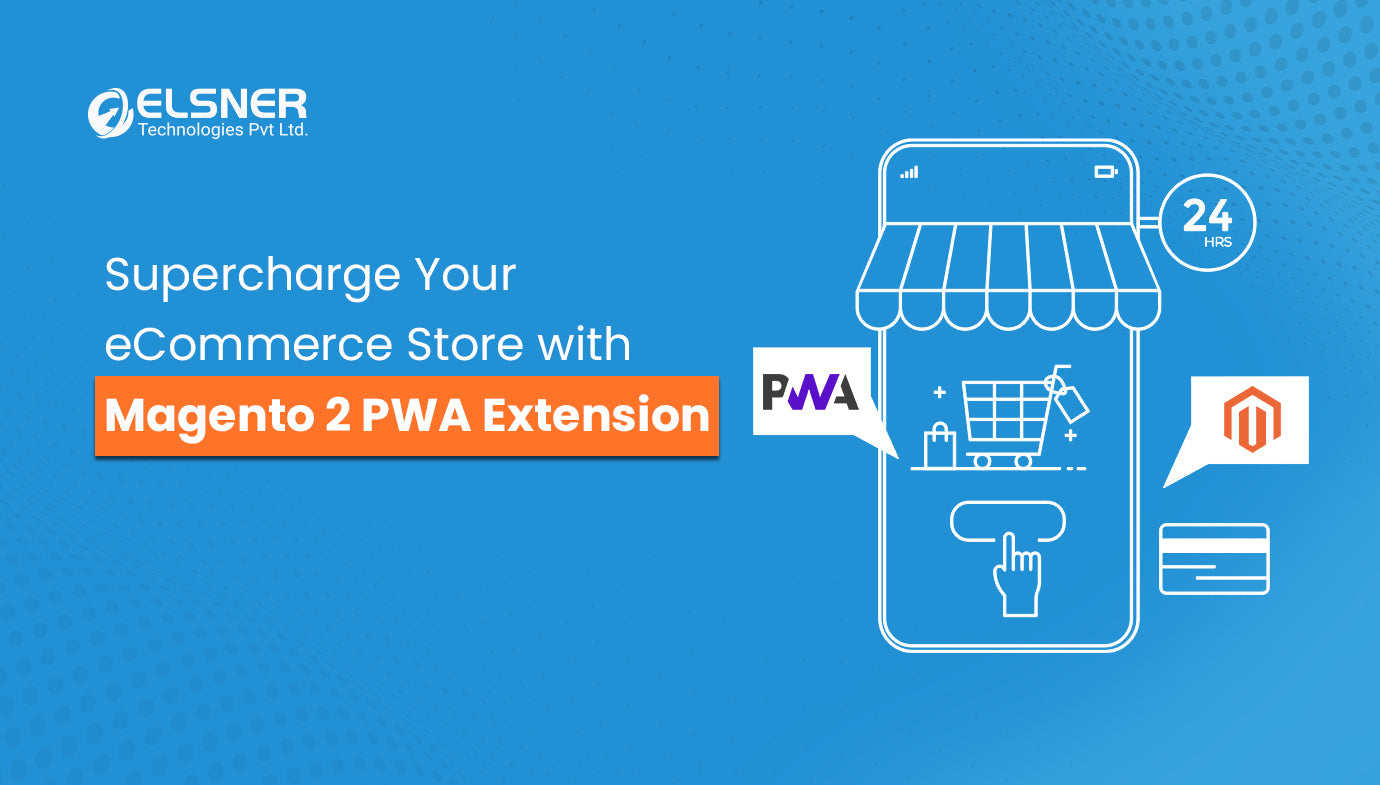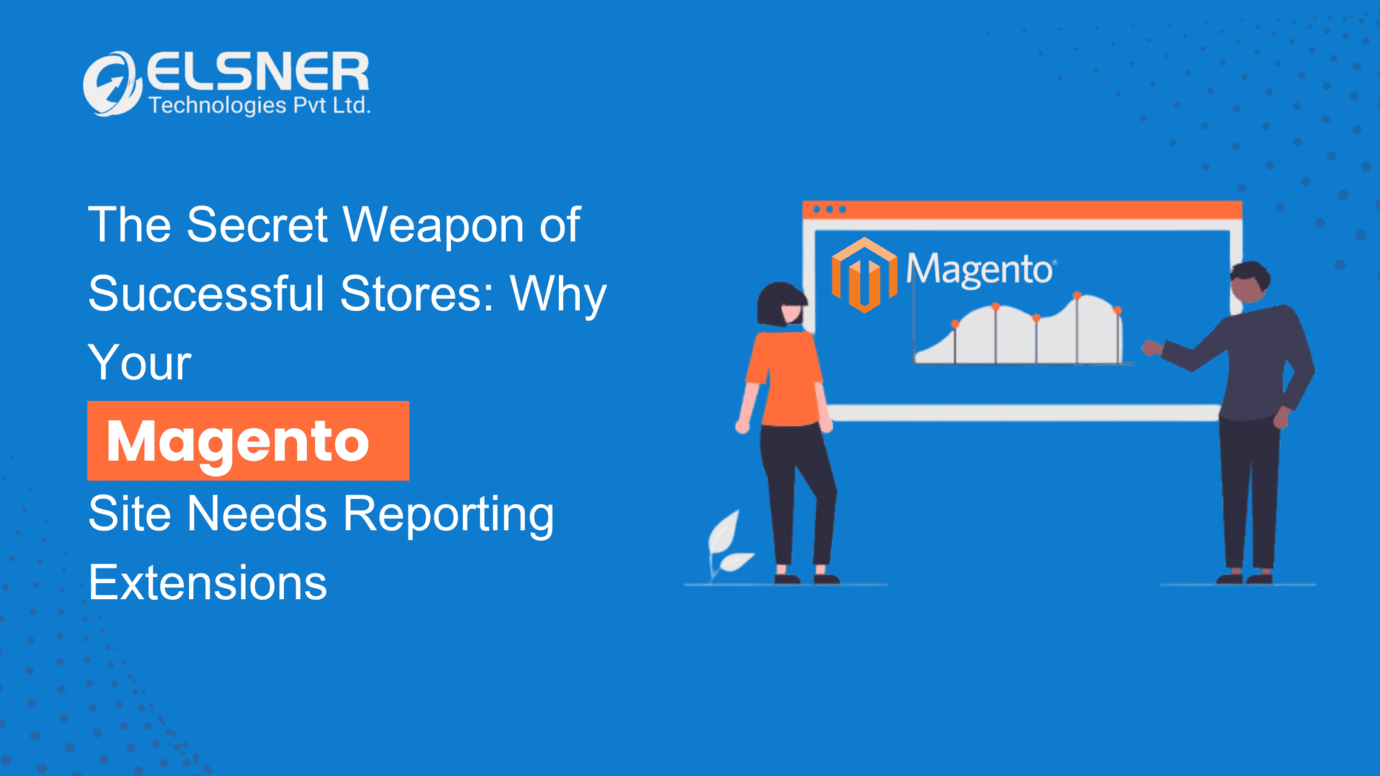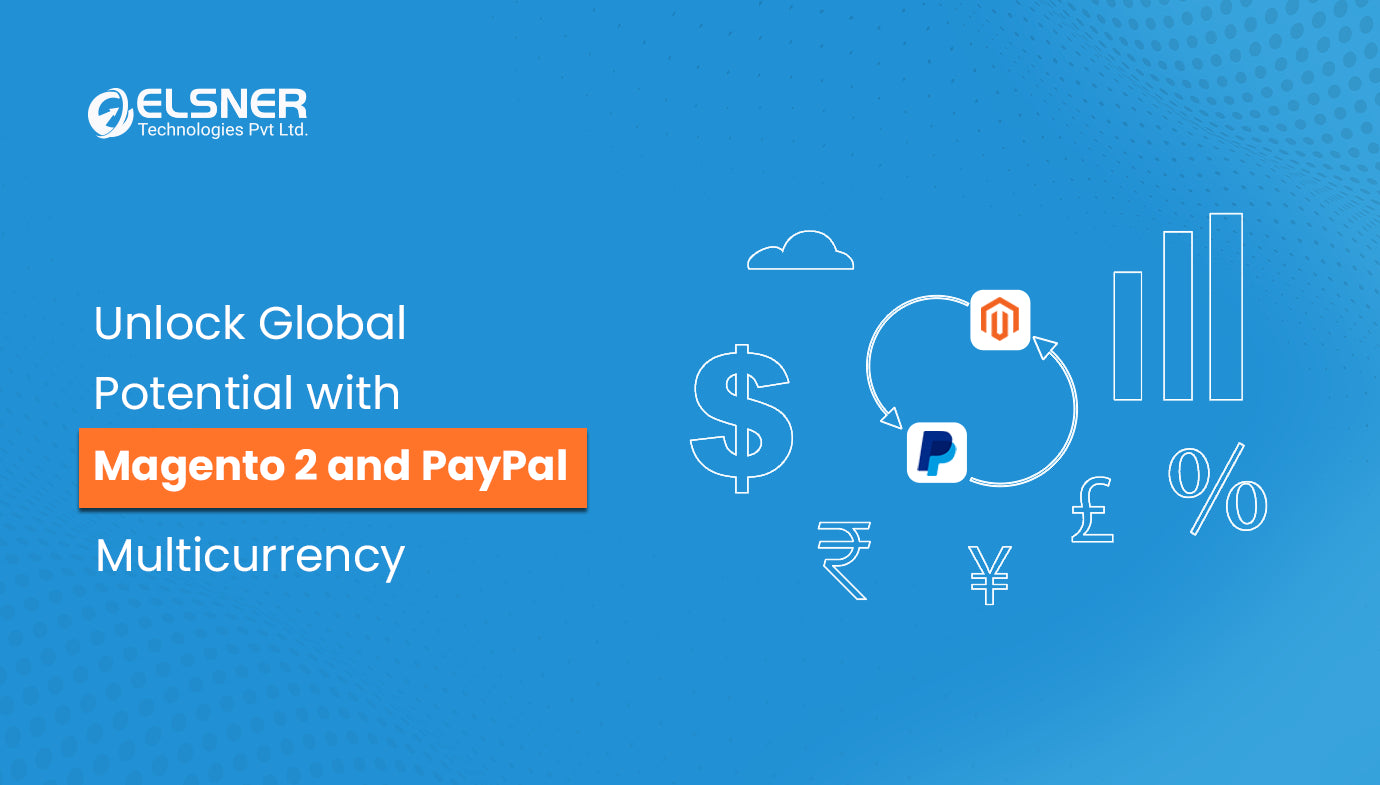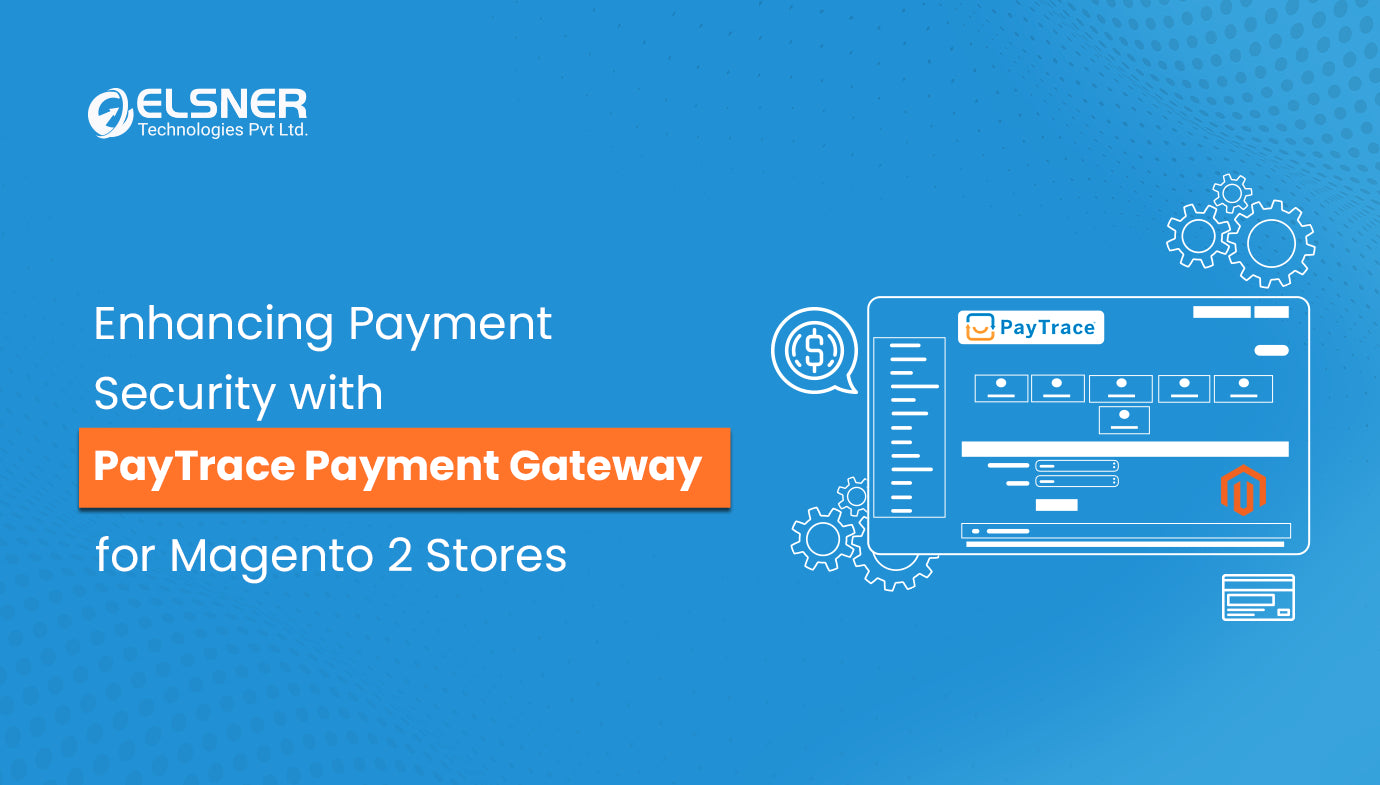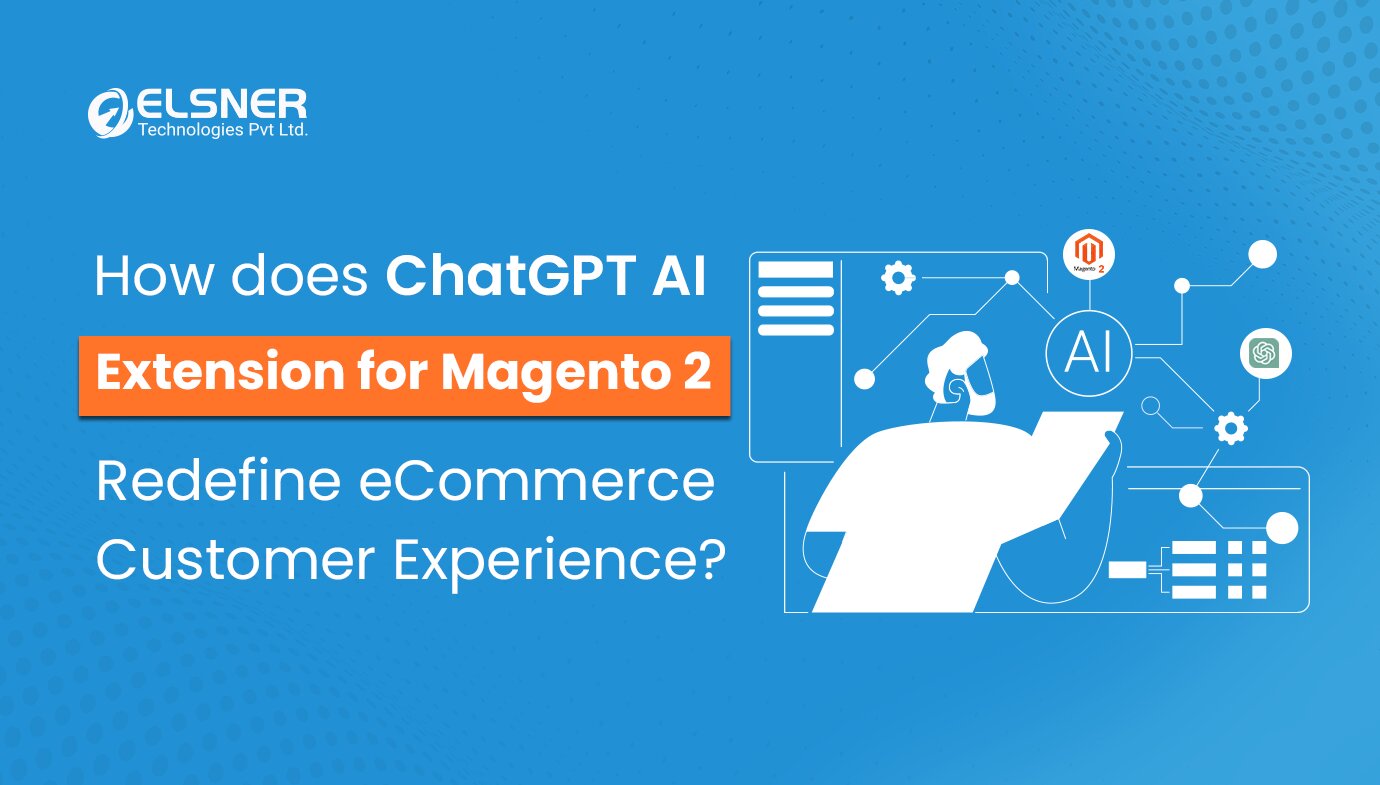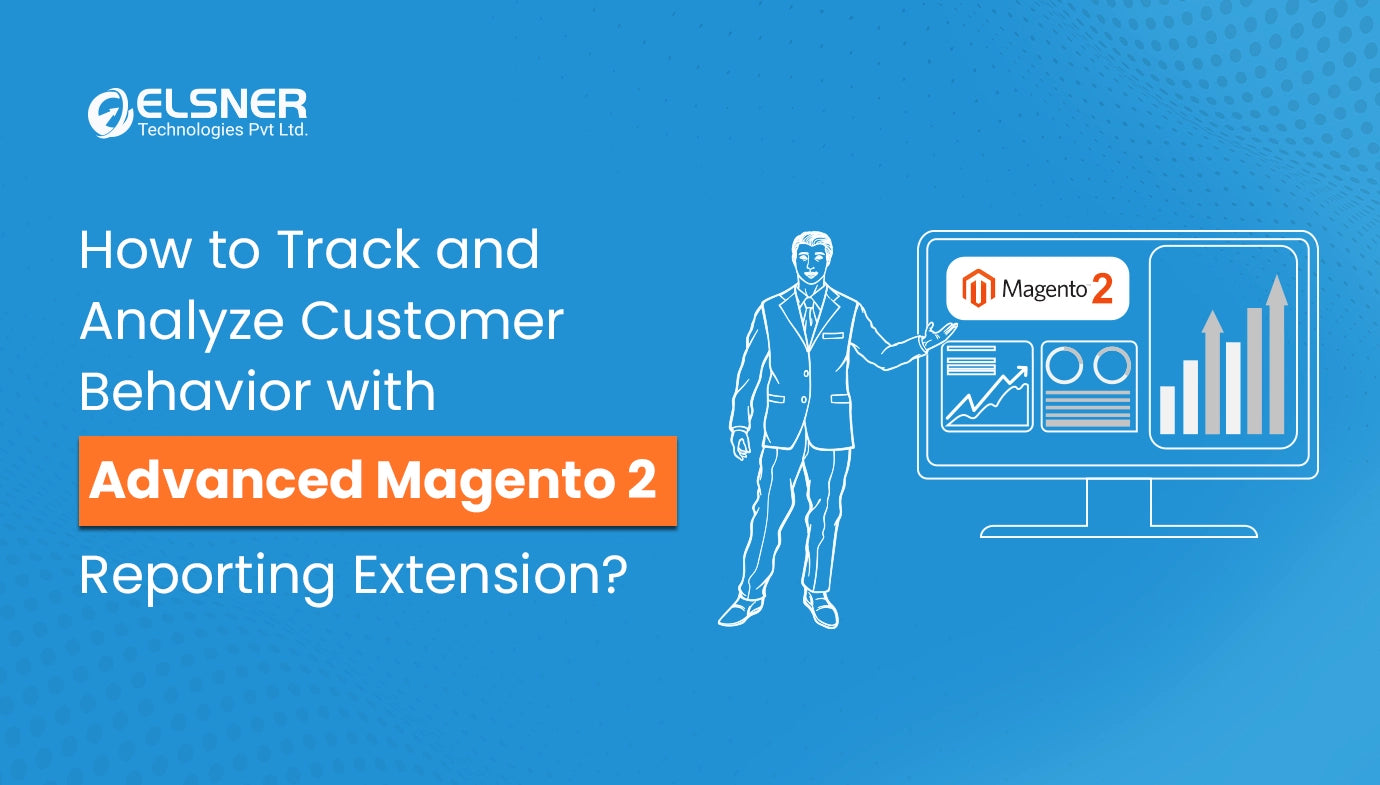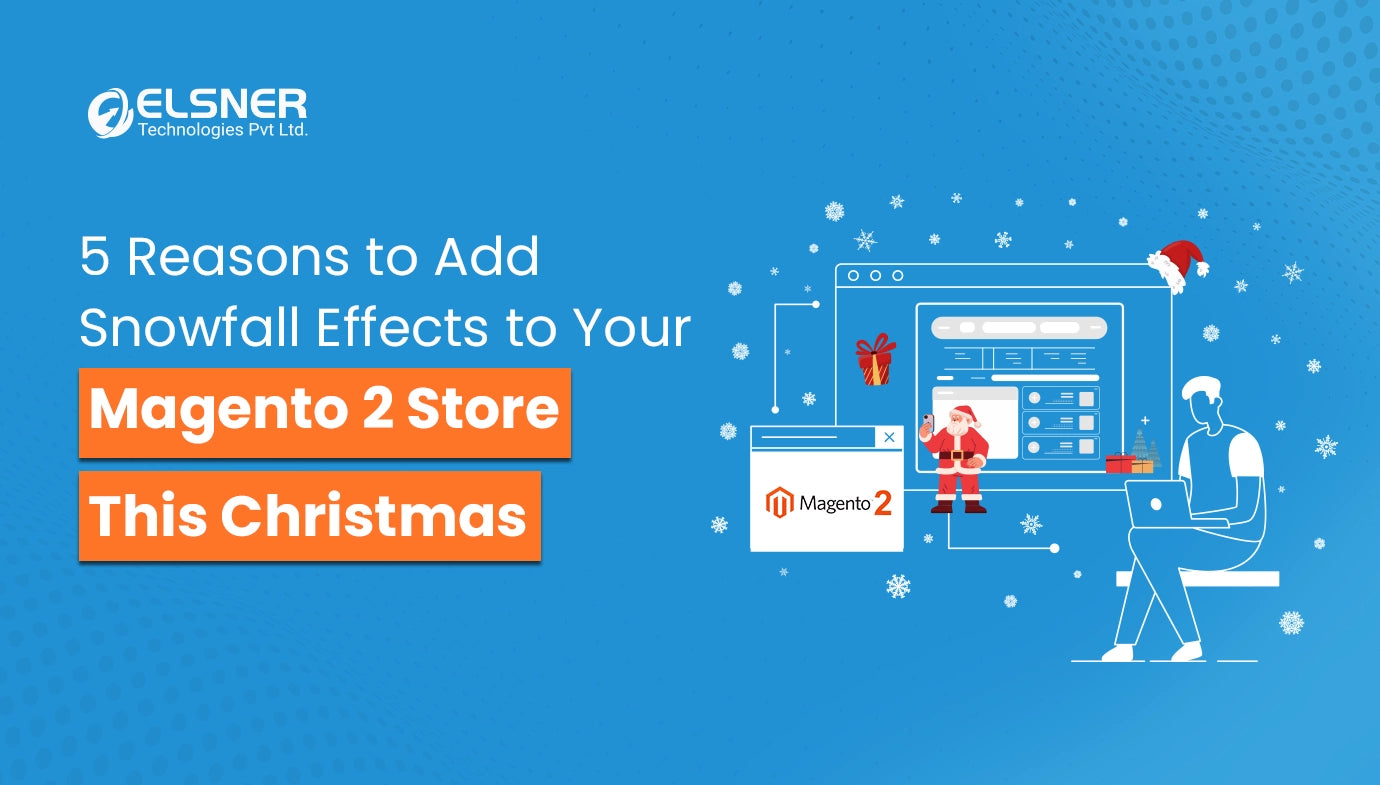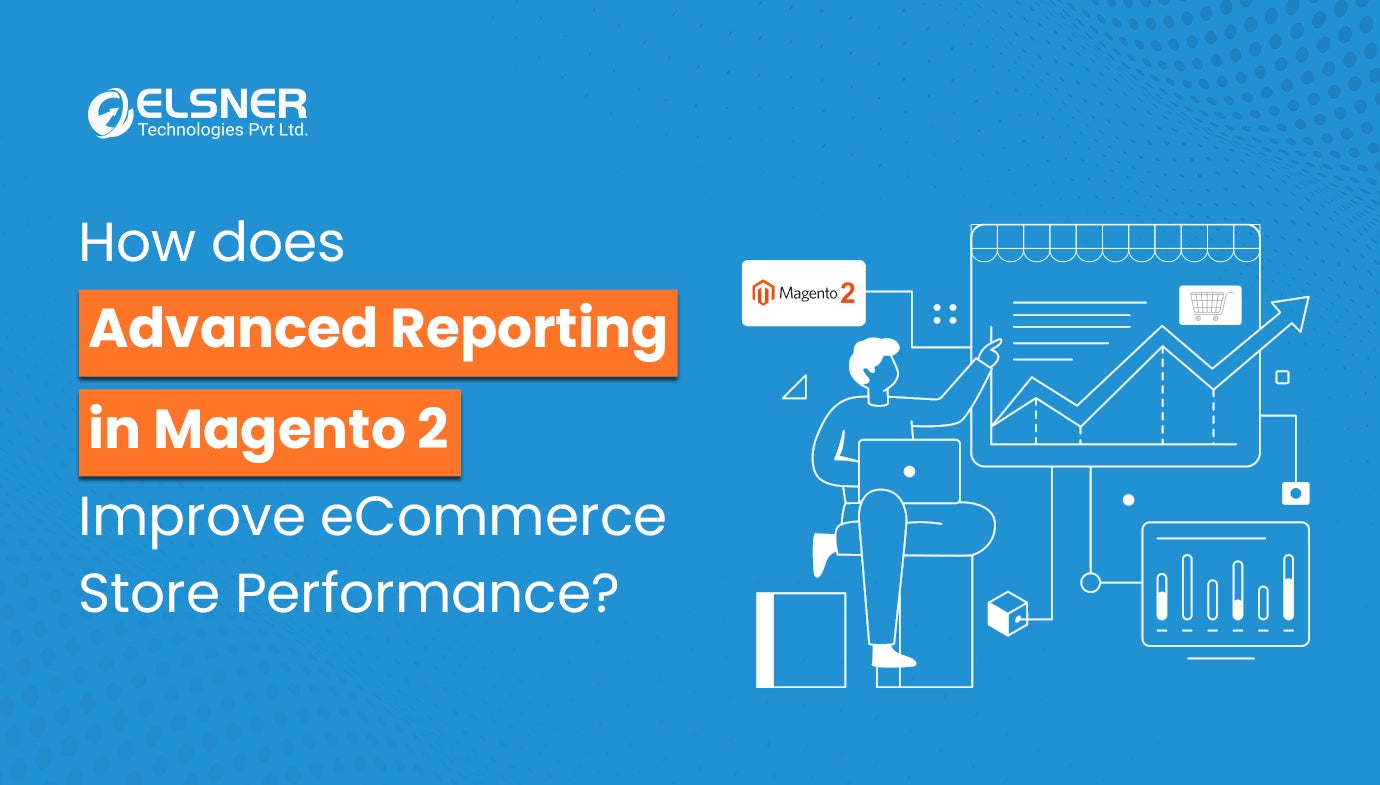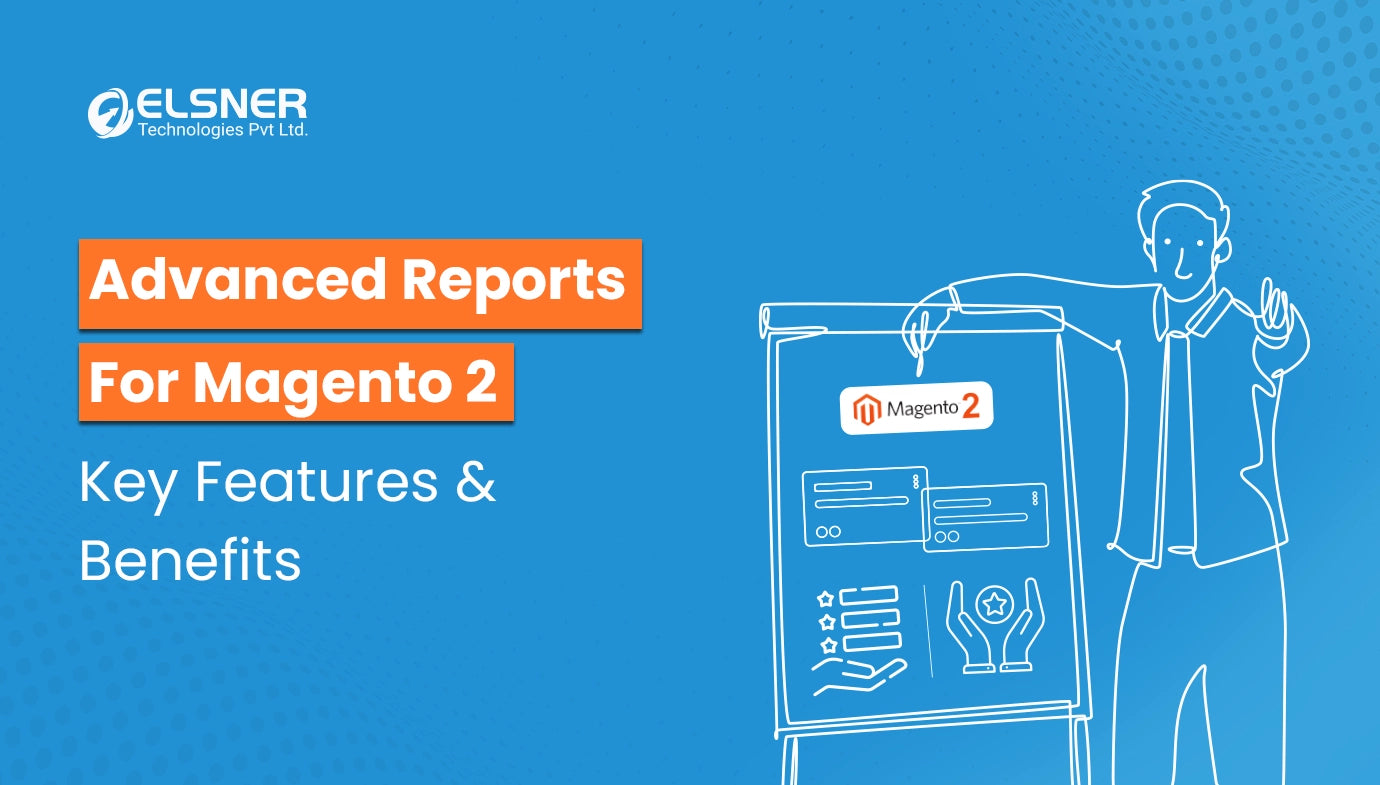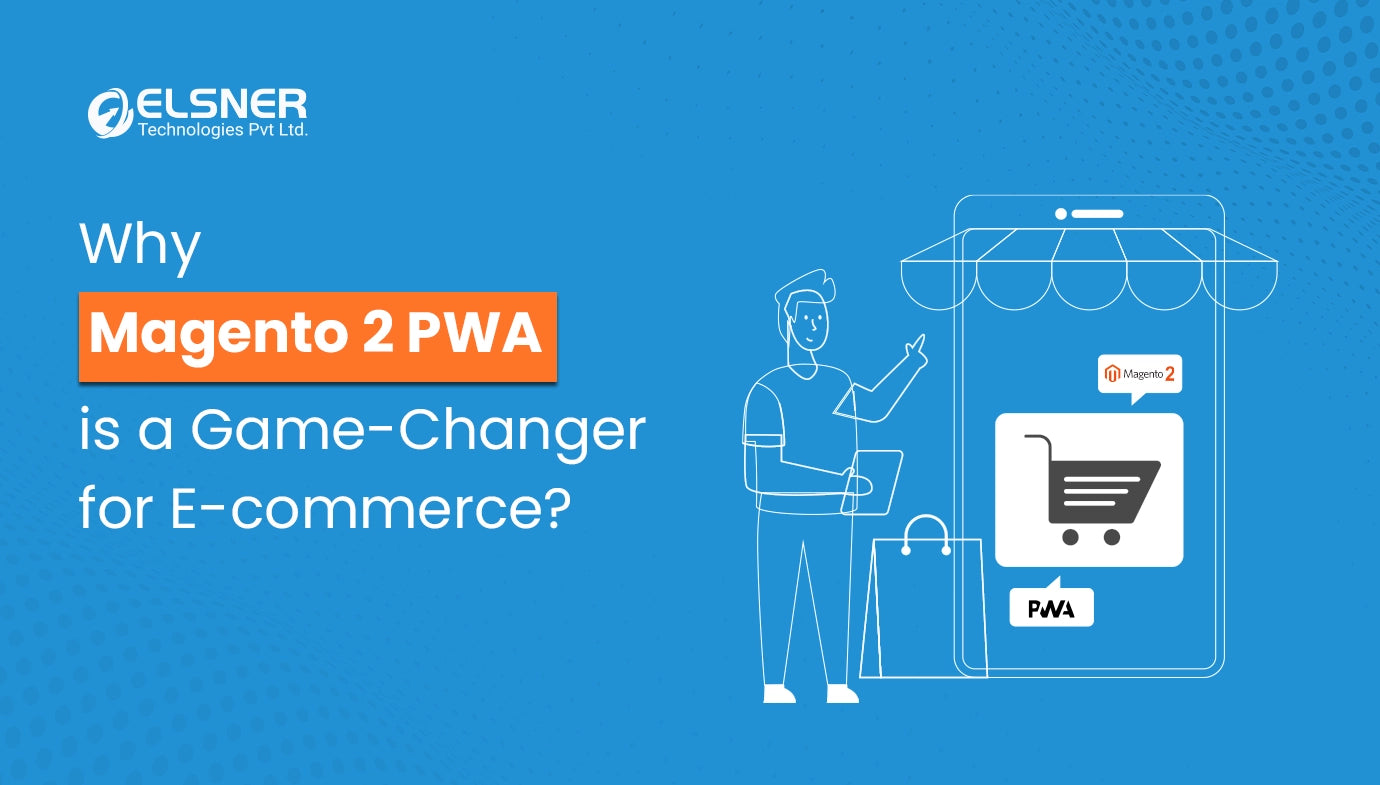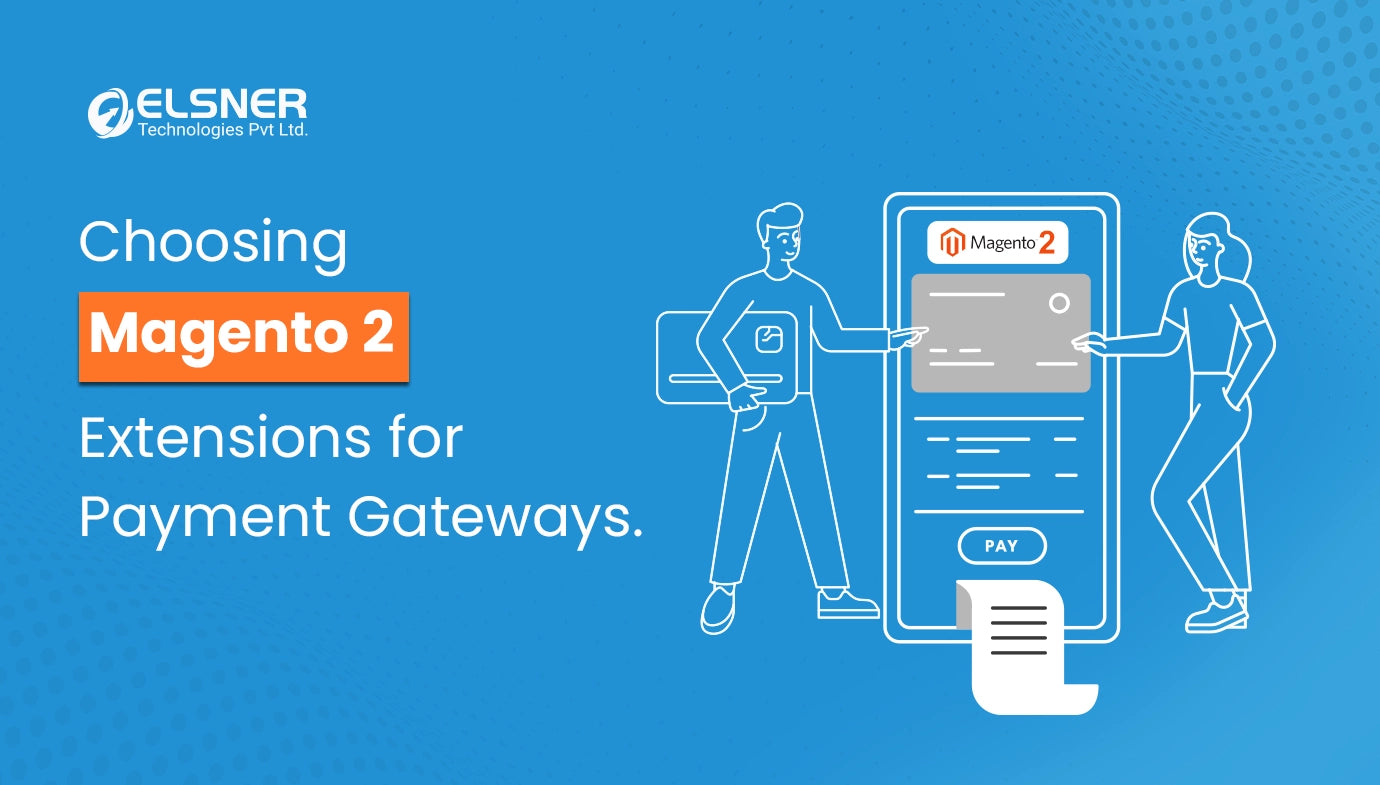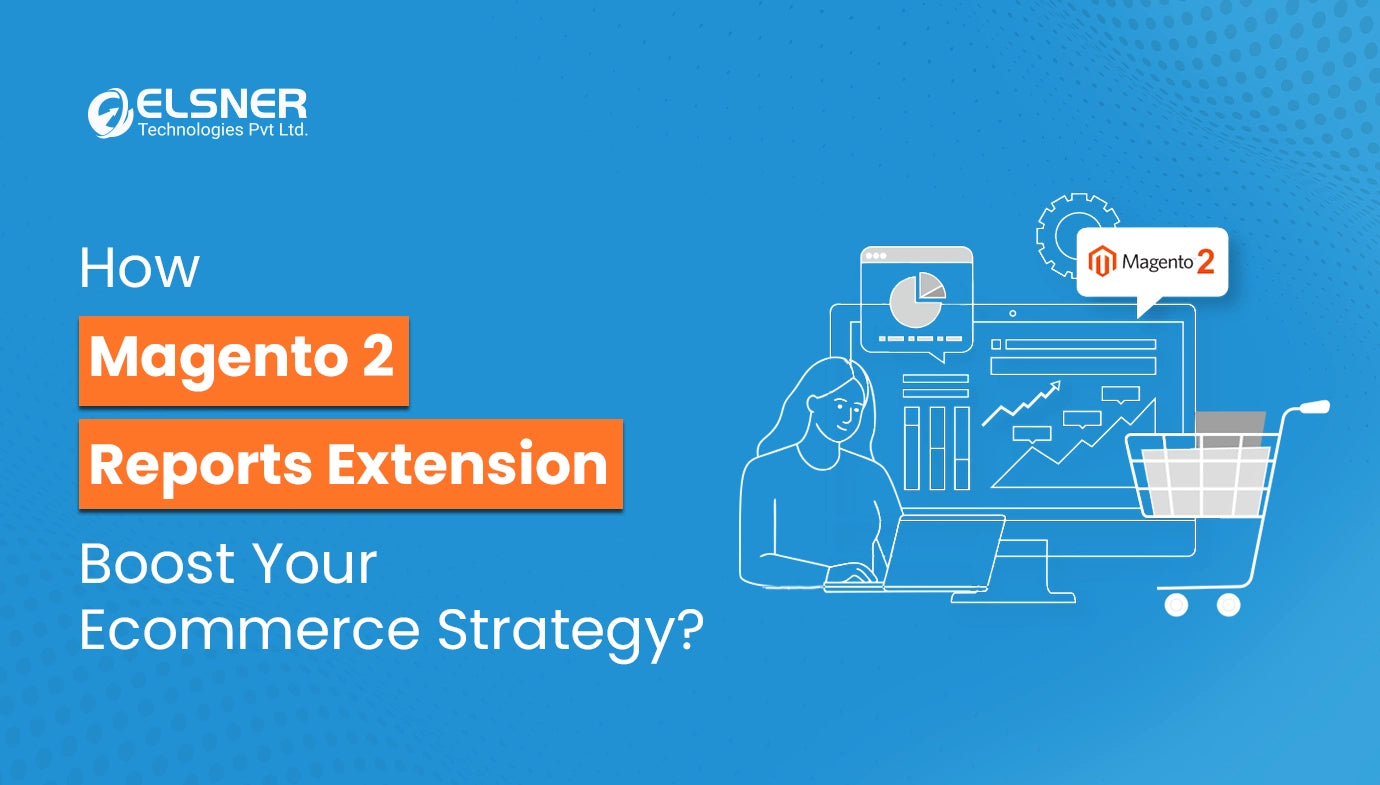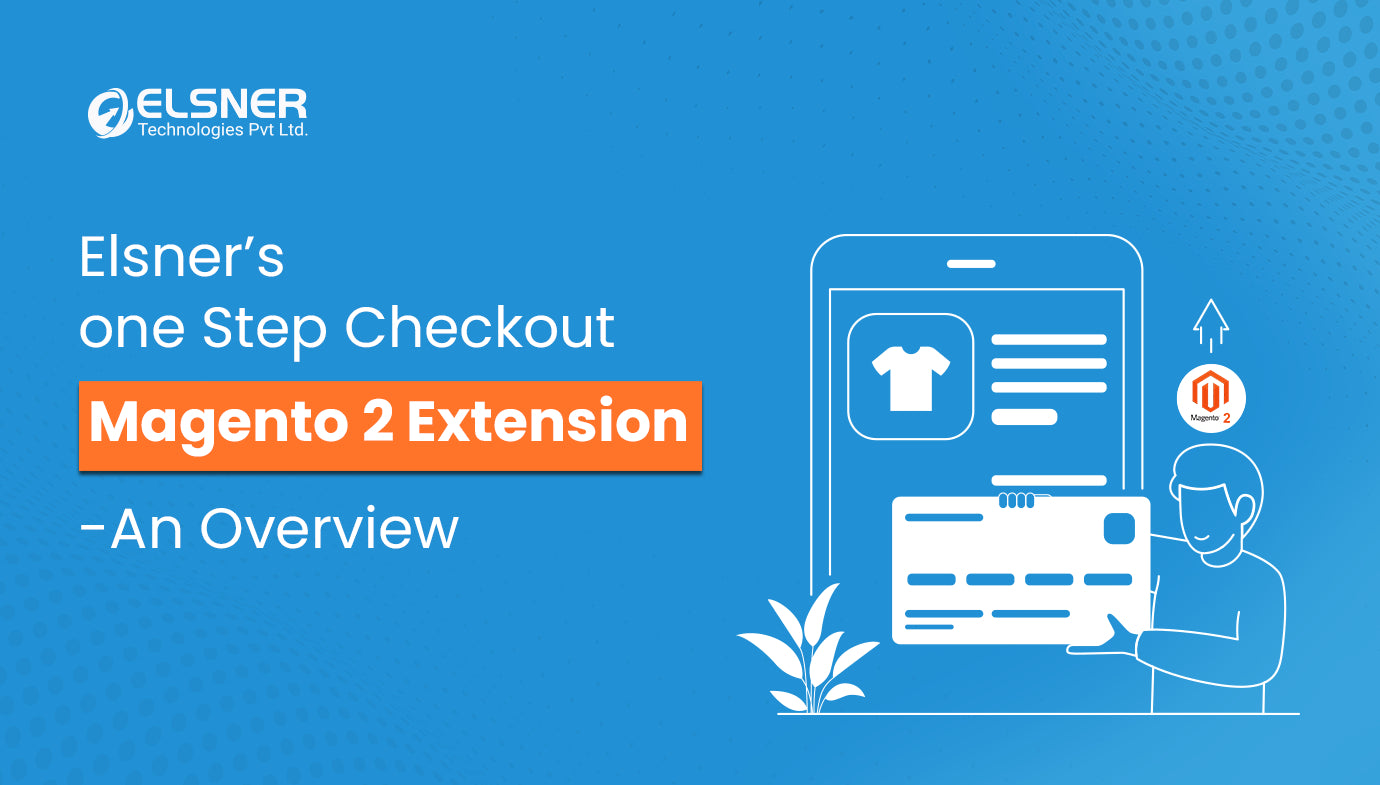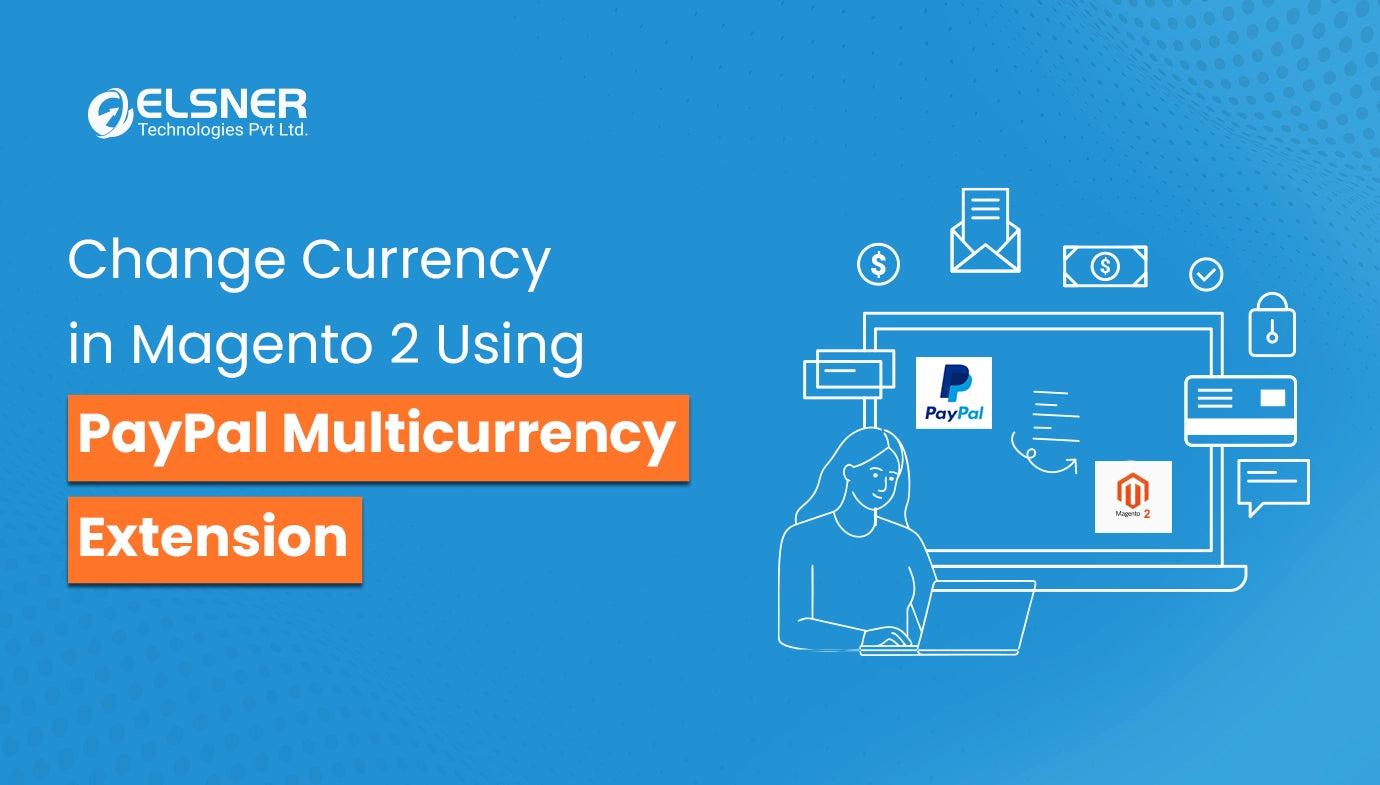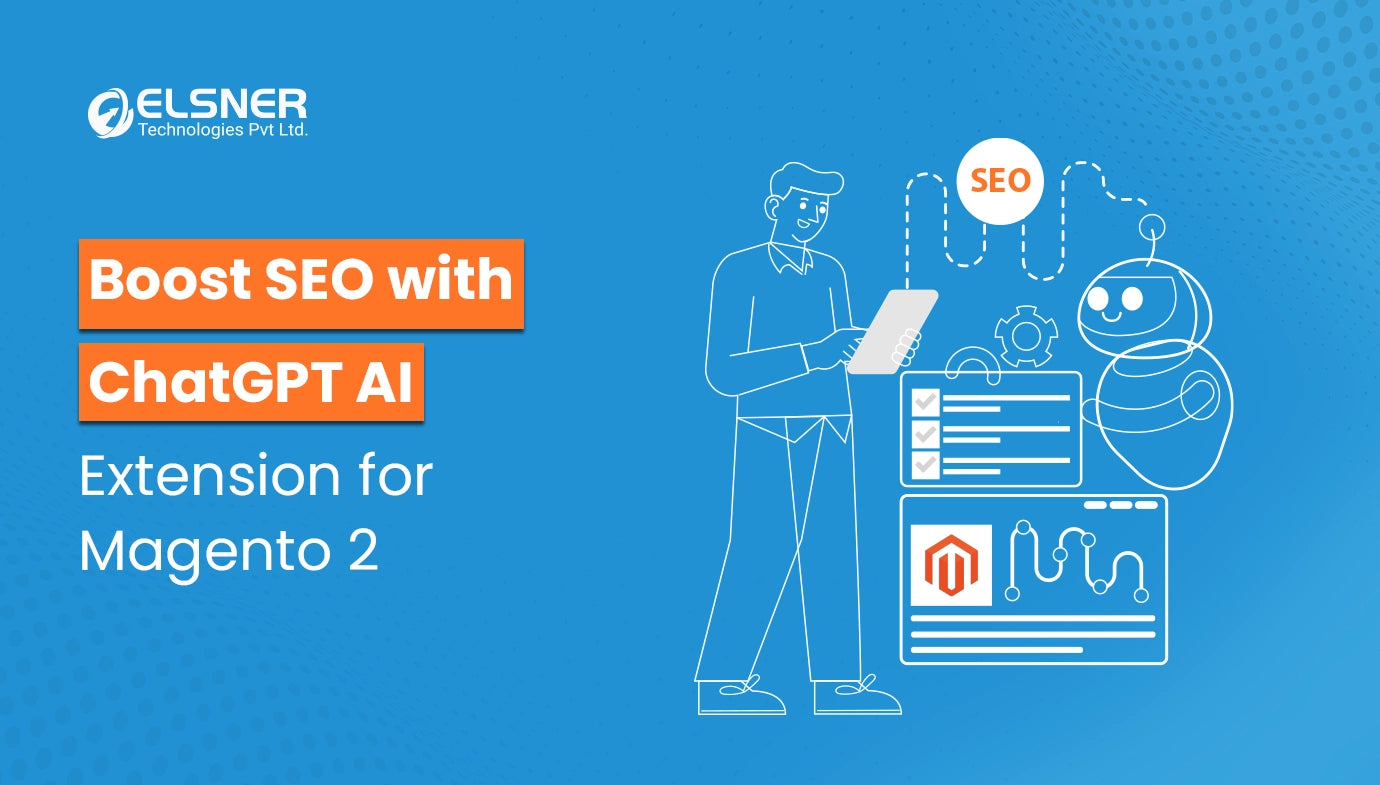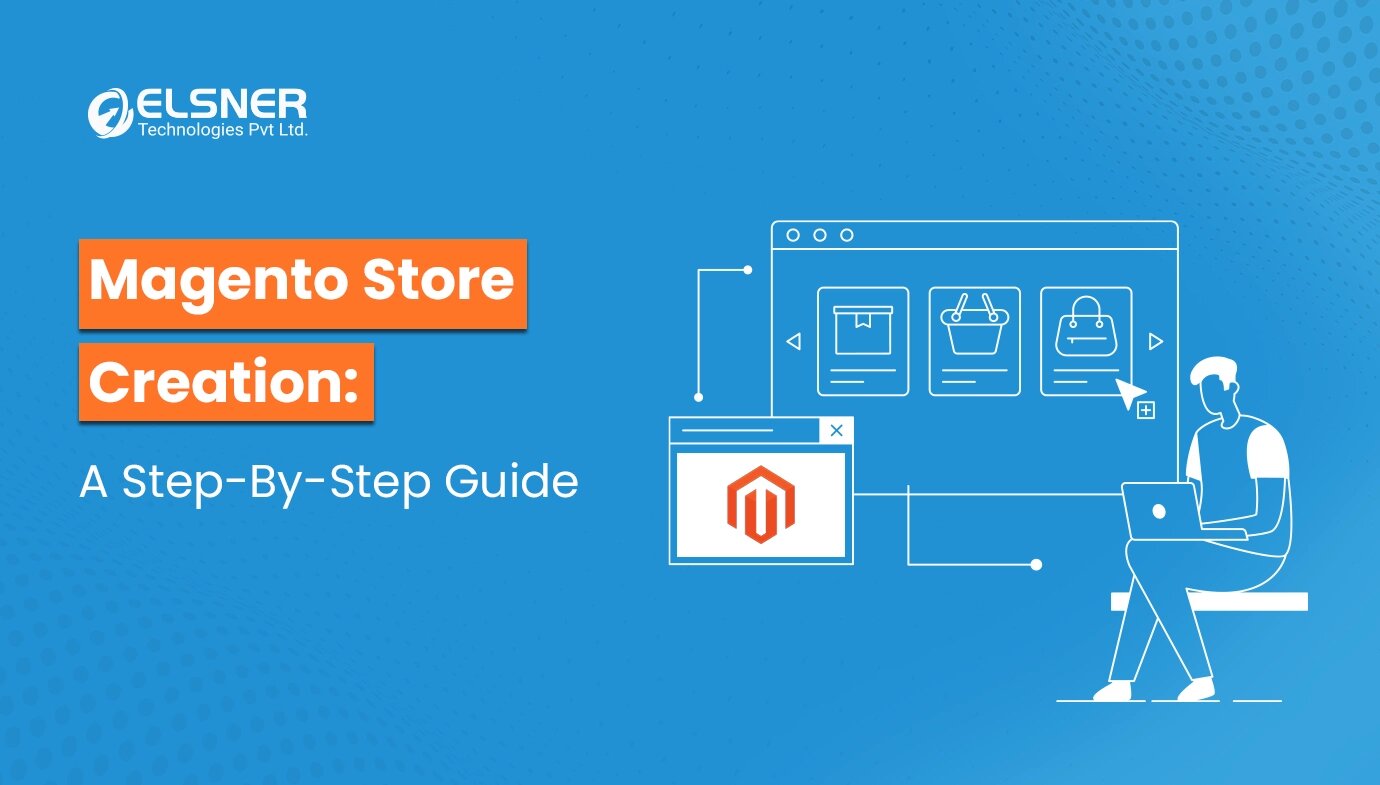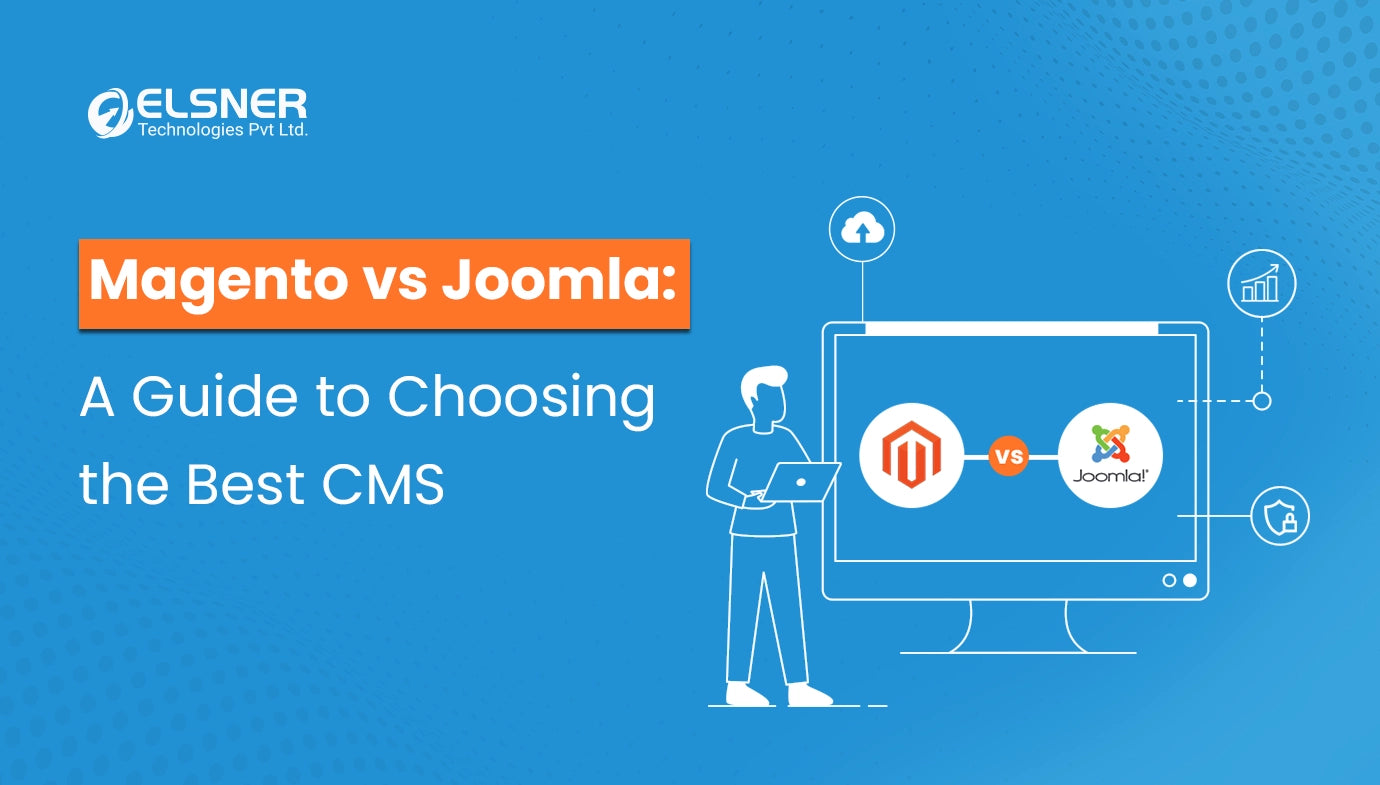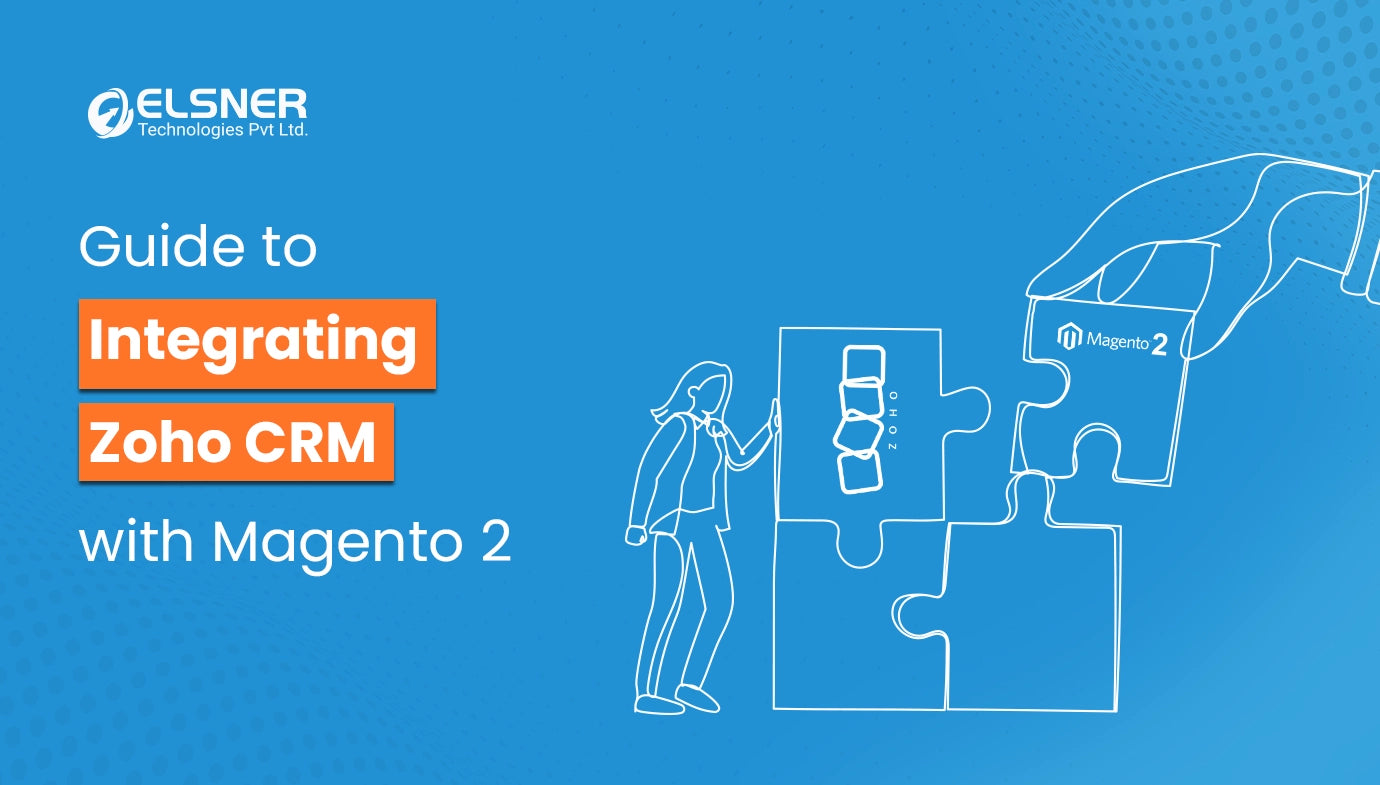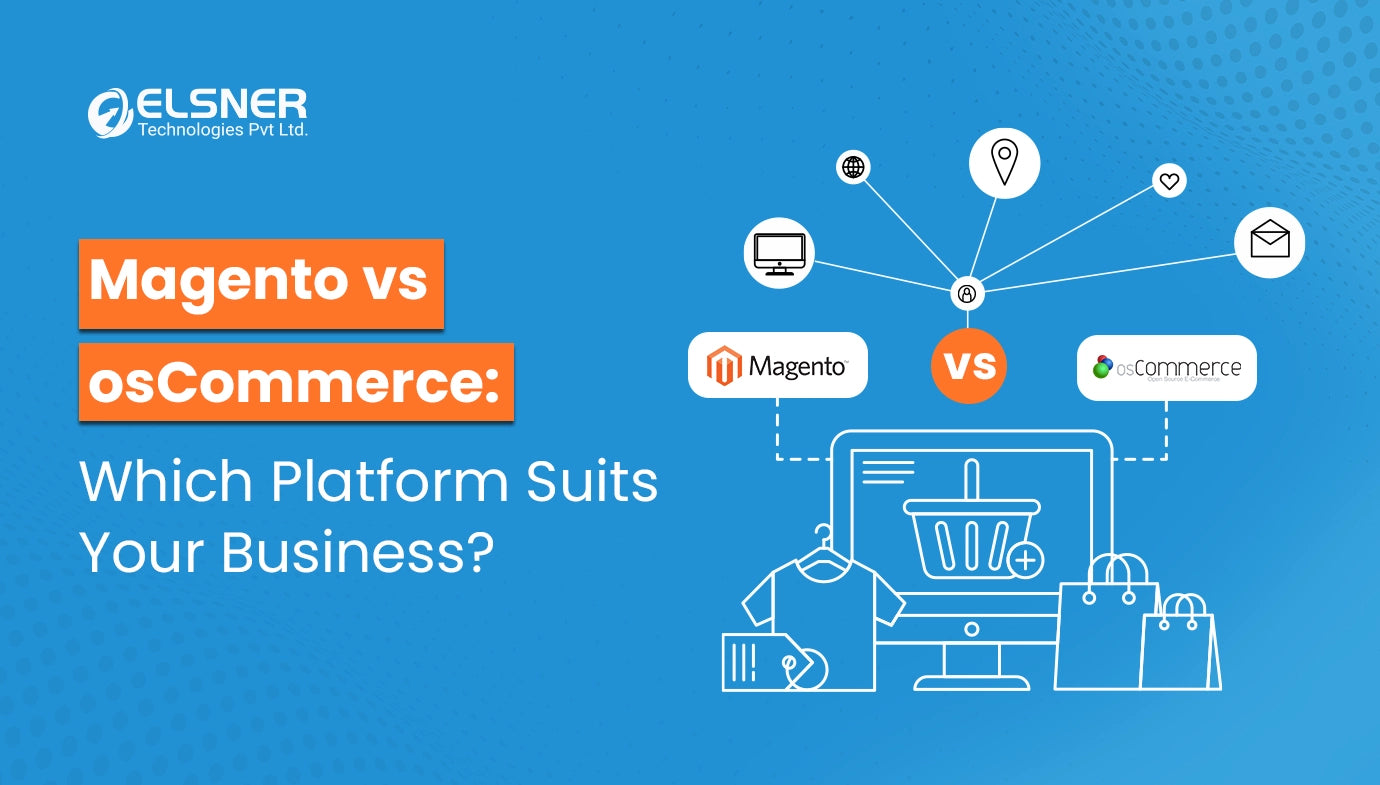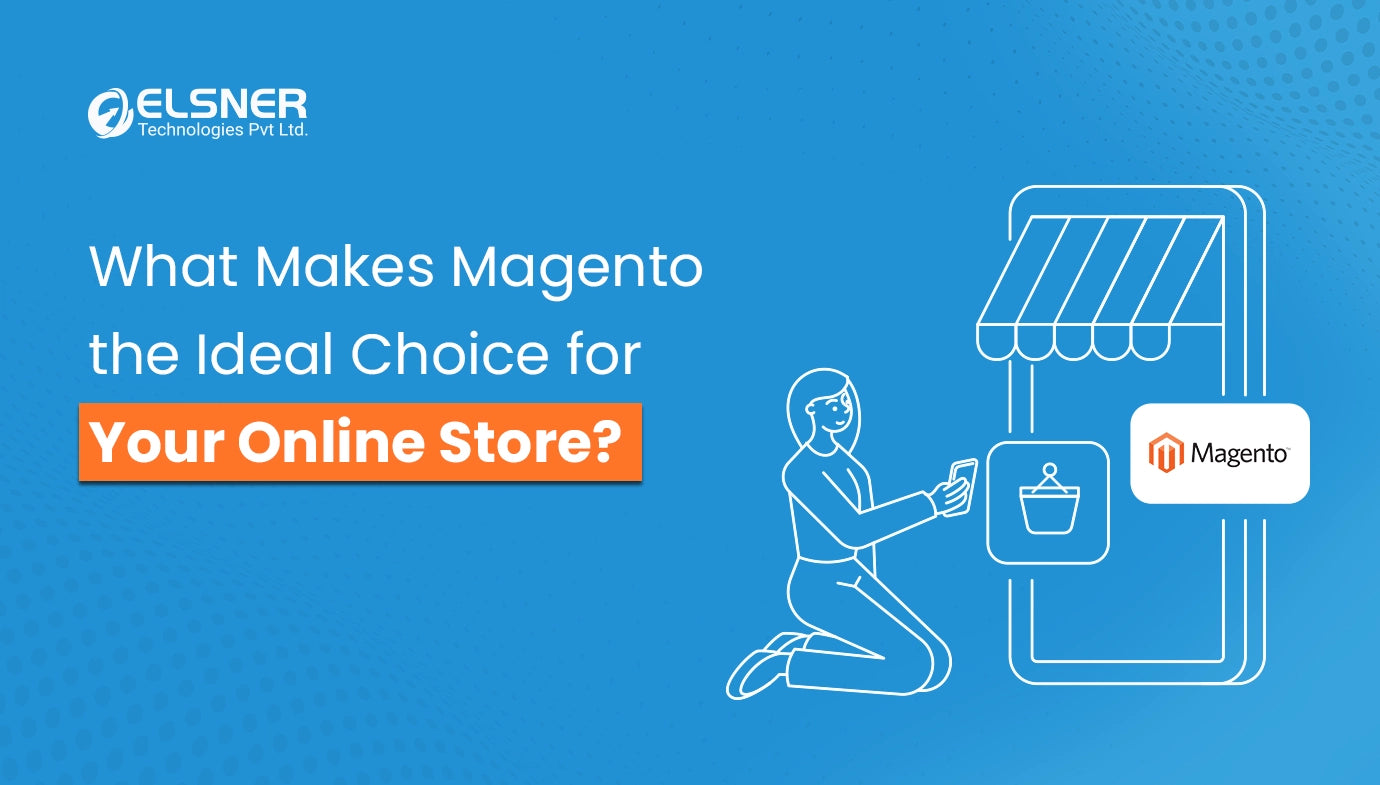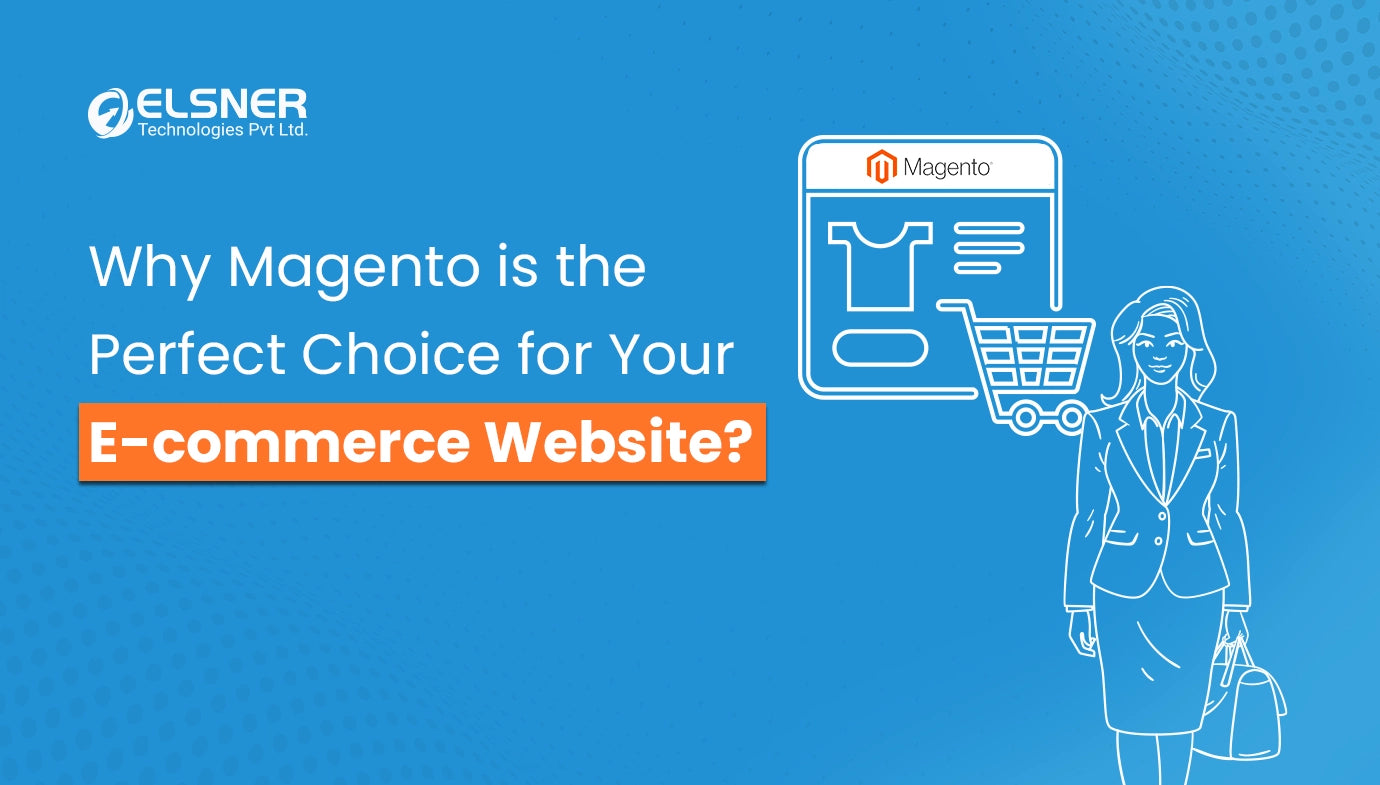Get in Touch
Omnichannel is about seamless integration that breaks down all gaps from shopping to delivery. To consumers, it's possible to combine physical stores, web stores, social media, and marketplace listings to make one purchase.
To retailers, it means seamlessly integrating purchase points with delivery points in a single system controlled from a single point.
This refers to selling your products and services on all channels and platforms. It increases the reach, boosts sales, and reduces friction. Just like a clothing brand might sell its products on its website, app, Amazon, and Instagram’s “Shopping” tab, as well as brick-and-mortar stores.
Why is omnichannel the key to future success?
Every business must have its unique omnichannel experience infrastructure.
While you build your strategy, focus on the following stakeholders:
- Product
- Customer Success
- Sales
- Customer Support
- Marketing
Once you have your goals and objectives for the omnichannel initiative, you can start planning your business transition. Ultimately, you should have a strategic plan to build a coherent, aligned experience across omnichannel platforms.
How to build omnichannel retail on Magento?
Building omnichannel retail on Magento is not for everyone. It’s recommended for Magento retailers who have the following:
- Sales operations are set up well and running stably
- The budget is not strictly limited
Why? Going omnichannel is costly and complex. It’s a long process rather than an overnight success:
- This is connected to unifying the sales & operations on all channels. Retailers with weak sales operations are busy making a profit to sustain their business. They can’t focus on spotting and improving their loose wheel.
- It requires a considerable investment, especially in an order management system. Hence, your budget should be flexible enough to cover the losses before taking results.
Startups and small-sized businesses may face higher risks in pursuing omnichannel from the start. The best strategy is to go with multichannel first, then aim at omnichannel when they feel confident in their resources.
Within this Magento Omnichannel Retail guide, we will focus on building omnichannel retail on the Magento Open Source version (previously known as Magento Community). Knowing the possible challenges and Magento capabilities will prepare you for omnichannel success.
Why Magento retailers should adopt the omnichannel approach?
The shift in customers’ shopping behaviors
- Modern consumers shop across multiple channels and devices. They may find something online and head to an outlet to try and buy it. Or, they arrive at a store intending to buy a product that doesn’t have the correct size. Then they use their smart device to check online inventory and make the purchase.
Requirement of a centralized system to manage multichannel sales
- As a result of higher customer expectations, Magento retailers are encountering two huge challenges. You must deal with fast-paced competition and develop technologically innovative solutions to manage your retail businesses simultaneously.
- The growth of mobile and social preferences has led to intense retail competition. When information is transparent on the internet, consumers can easily find, compare and take offers from different suppliers. They have various choices to buy from instead of retaining loyalty to a specific brand. If you can’t provide a satisfying experience, they’ll leave.
What do consumers want from an omnichannel shopping experience?
- Consistency across sales channels
- Flexible order fulfillment options
- Personalized experience
How Magento development leads you to omnichannel?
When it comes to eCommerce platforms, Magento development company is a market leader. Many retailers worldwide have chosen Magento as their success base.
In the most recent release, Magento 2.3 has included Progressive WebApp (PWA) in its core. PWA has become a hot topic among the Magento community. It’s promising to change the way developers build mobile experiences.
The Magento Open Source version is 100% free. Using this open-source platform, retailers can start simple first and upgrade as they grow. Going omnichannel is quite expensive, and few merchants can afford a huge investment at a time. And there’s no guarantee of quick turnarounds. Scalability by demand is the best path for their omnichannel journey.
One of your upgrade options is Magento Order Management. It’s ideal for businesses with multiple brands, sites, stores, and warehouses. Magento Business Intelligence (BI) provides smart analytics to learn your top customers, products, and promotions and find new opportunities. Or, you can upgrade to Magento Commerce (previously known as Magento Enterprise). This paid version provides powerful functions like drag-and-drop page builder or mobile commerce.
Magento also has a huge community, including merchants, partners, and developers. This global ecosystem provides a variety of extensions and responsive themes.
It has built-in modules that provide in-depth eCommerce management that no other platform can compete with. Magento developers support multiple seller accounts, pure ownership of data and products, multi-currency, real-time tracking of specialized product types, inventory control, etc.
In implementing omnichannel on Magento, the following areas are crucial to ensure accessibility across channels and enhance customer experience at the forefront.
Why is Magento the best platform for Omnichannel Retail?
In the future, involving the “Internet of Things” (IoT), people put an optimistic expectation on technology development and its benefits for every aspect of life. In Retail Business, savvy consumers value seamless shopping experiences brought to them by Omnichannel. And to build a successful one, Magento is considered an ideal solution for the best platform.
Generally, people can divide the profit of Magento Platform for Omnichannel into 2 sides which are eCommerce and In-store experience.
eCommerce
1. Integrations
The Market Share of Magento is nearly 30%. It means Magento is highly robust, regularly updated, and flexible to extend its functionality to any third-party system.
Moreover, it also allows tool supposition for working and management processes such as Google Analytics, Paypal, Mailchimp, Quickbook, etc.
2. Marketplace
First, let’s come to the definition of Magento Marketplaces published on the Magento Website to understand this slang word:
“…Magento Marketplace is the official digital Magento Extension Store. It provides a global eCommerce resource of applications and services which expand Magento solutions with new functions and features….”
Besides, one of the most prominent features of Magento Marketplace is that it’s easy to discover with high quality.
For example, the friendly interface supports retailers in discovering relevant extensions. It’s simple for searchers to find top brands and new innovators. They can also look for customized functionalities and key business categories, helping retailers catch up with the newest trend to beat off the competitor.
With a globally digital marketplace, retailers can trust that all extensions and providers are qualified strictly due to the operation policy of Magento.
3. Search Strategy
It’s also great news to know that Magento is highly SEO-compatible.
The search engine on your sites will be optimized for the best performance for site visitors in practice
Certain extensions existing on Magento Marketplace with the greatest innovation will ensure your site’s search is working efficiently.
4. Social Media
According to Sociable Lab, 62% of online shoppers are influenced by reviews from their Facebook friends. Magento with a Social feed like Pixlee can support streamlining social media with your site and leverage customers' data once they log into any social channel.
Specifically, Magento is the ideal solution for integrating various forms of social media into a single stream in which retailers are in control along with most of the data it generates.
5. Data Management
Referring to Omnichannel means that multiple channels are running while selling products. And here is how Magento supports Administrations to manage data: They have to use only the same back-end to administer all these sites. Magento supports multiple seller accounts, pure ownership of data and products, multi-currency support, real-time product tracking, and inventory control.
Thus, this factor will have massive interconnectivity and a strong community presence.
Here are some omnichannel marketing examples
- Disney
- Starbucks
- Timberland
- Apple
Conclusion
Magento is an ideally suitable platform for running Omnichannel. What’s operating smoothly with the open source is easily upgrading according to the development of the business, unlimited functions to use, and being able to customize for each specific business type.
Soyash Tiwari
You might require an experienced Magento developer to handle your needs and meet your goals efficientlyc

